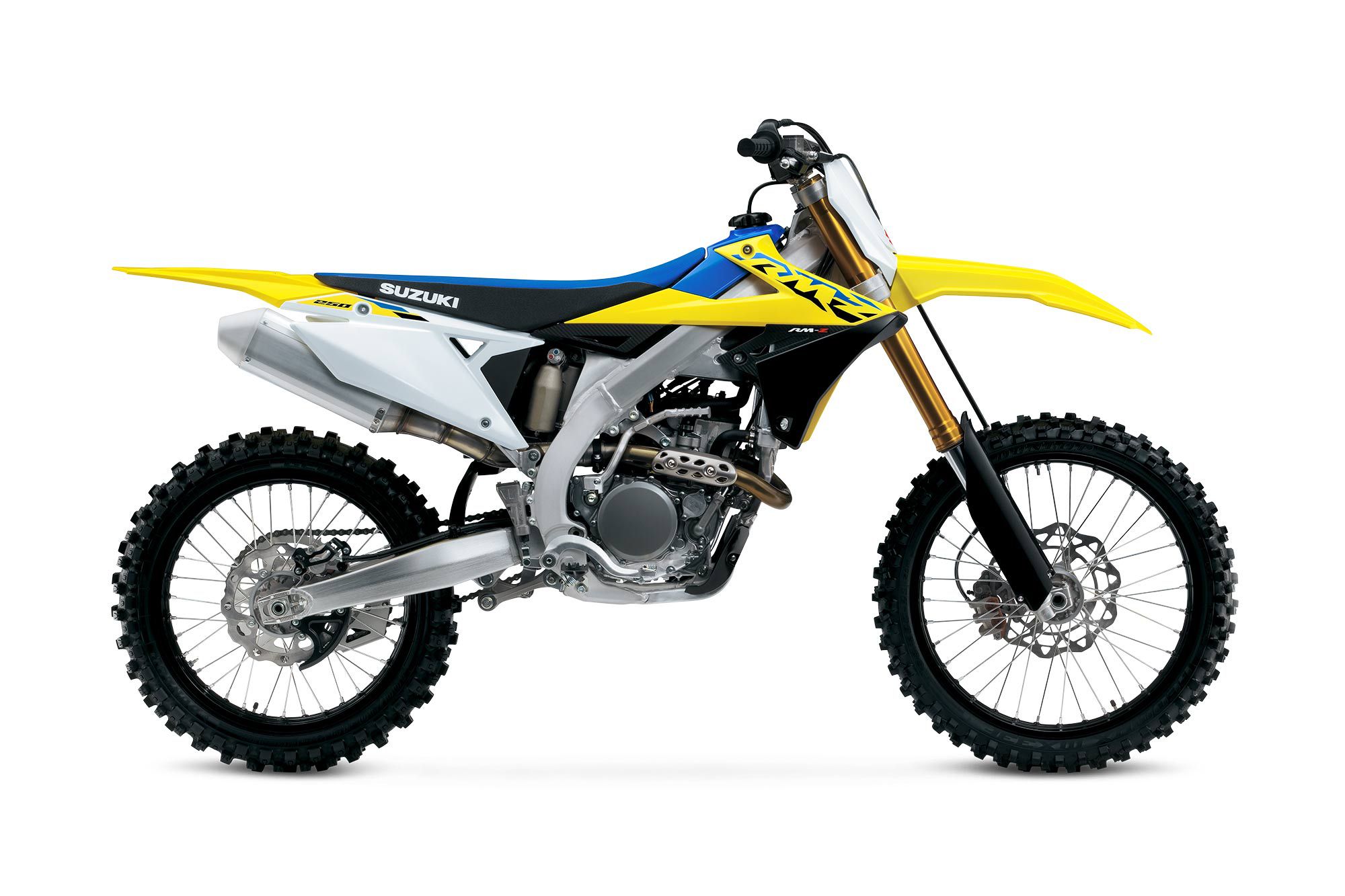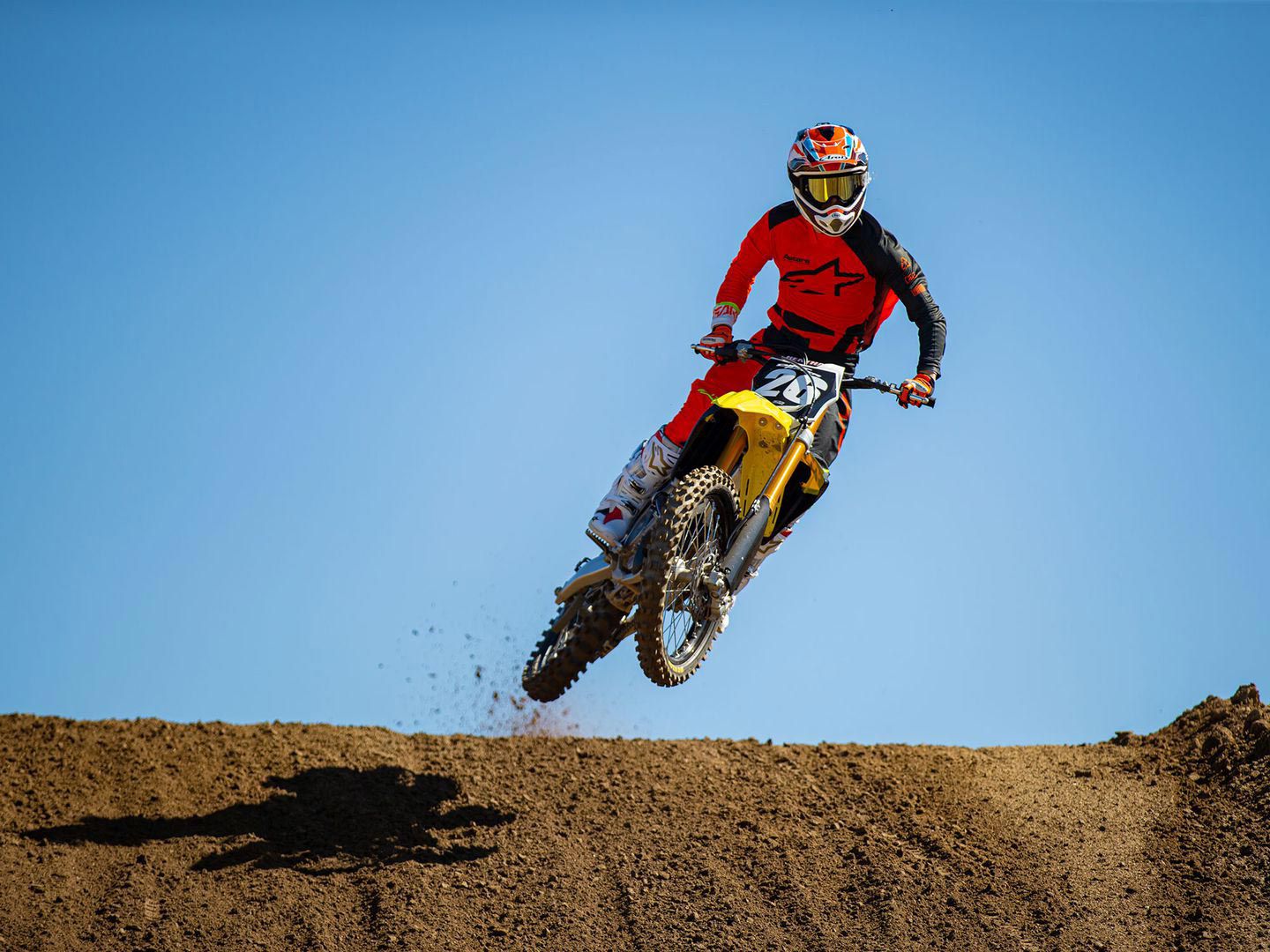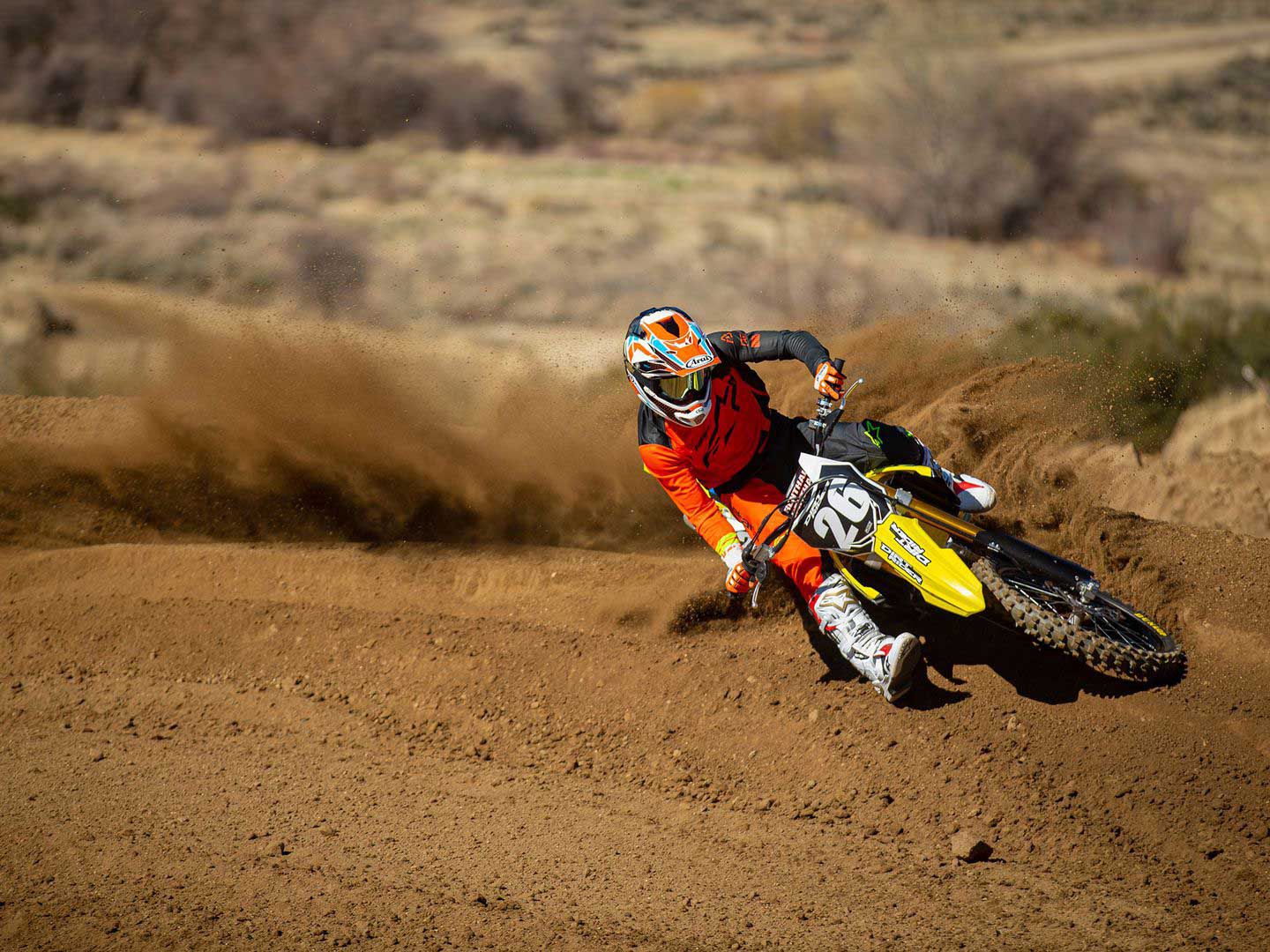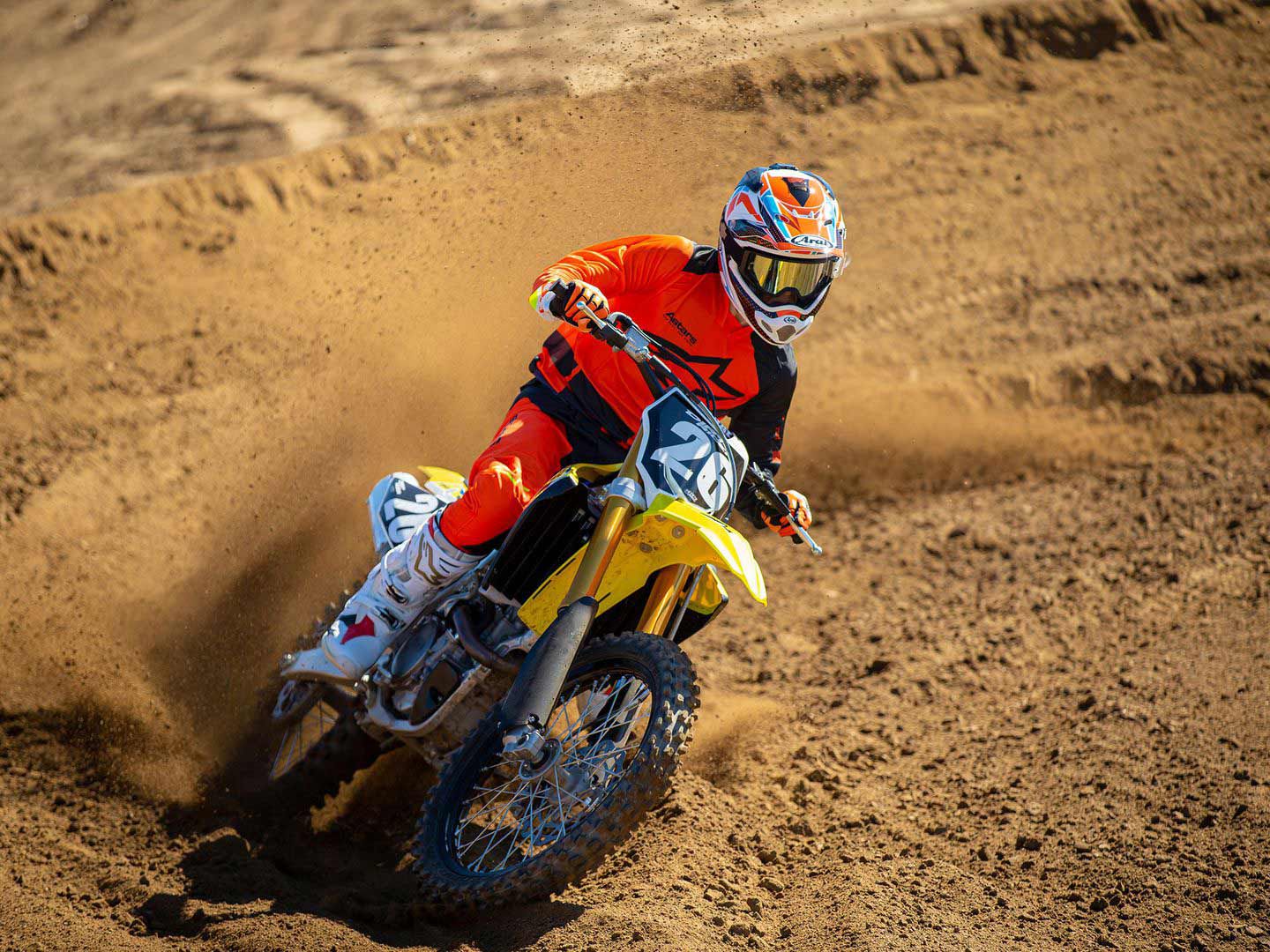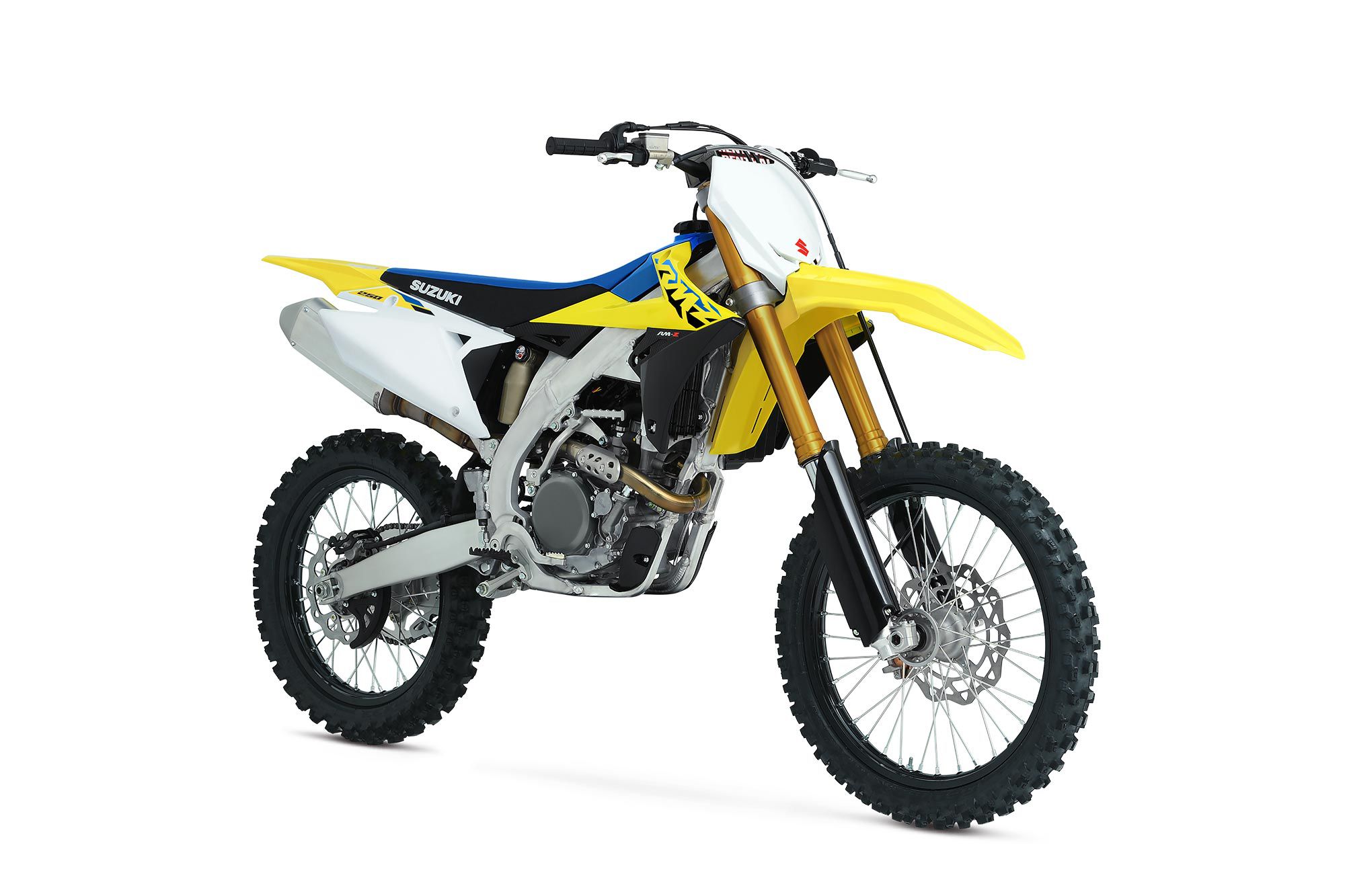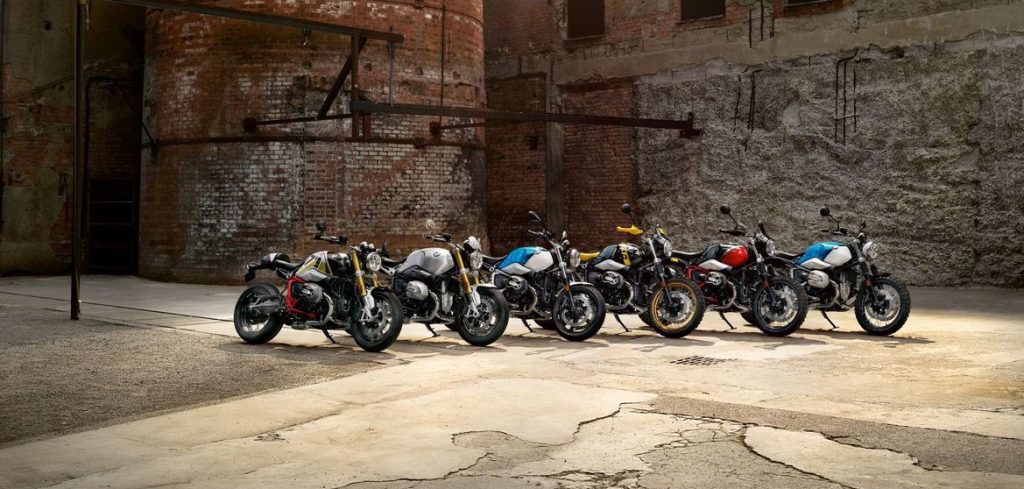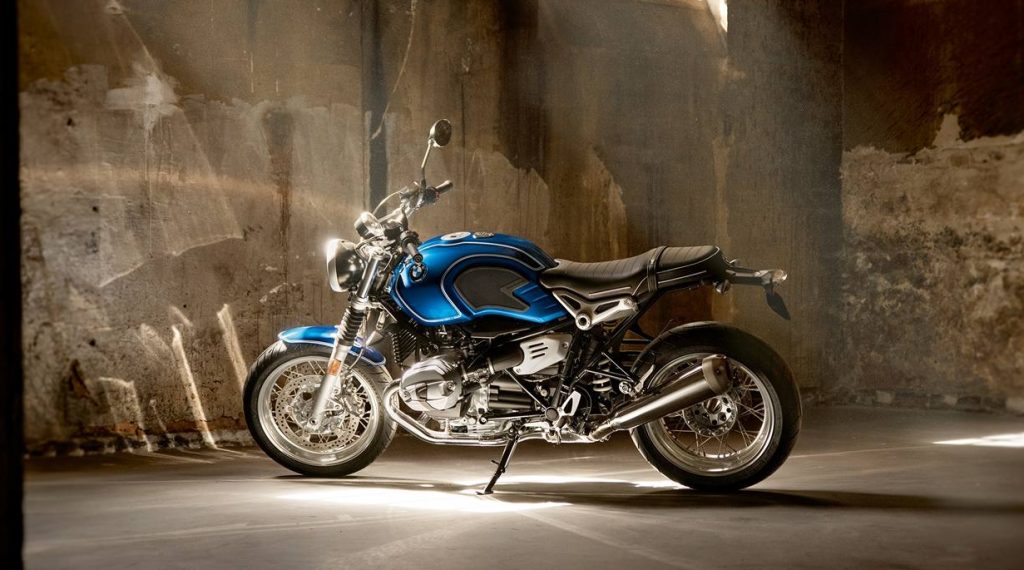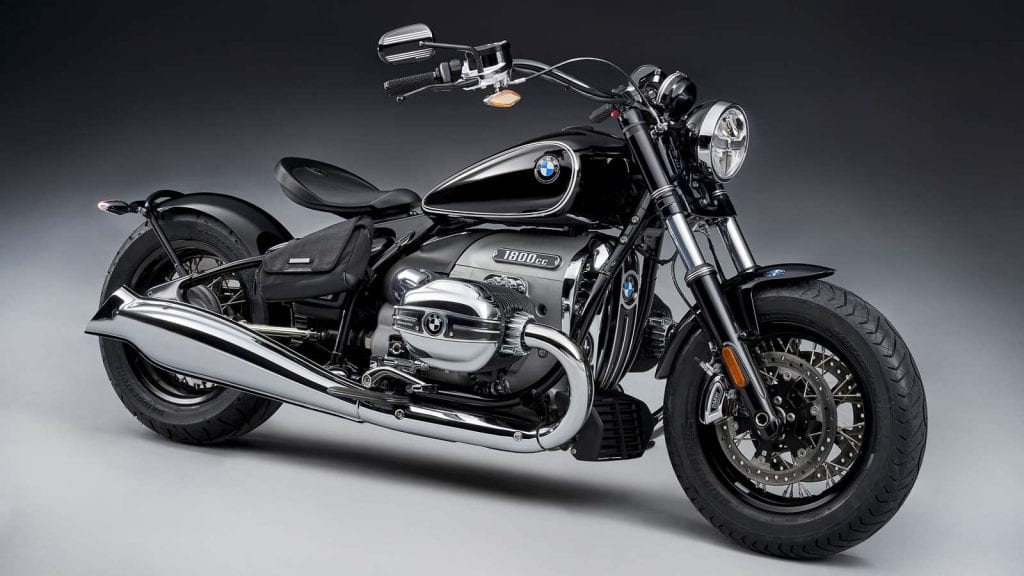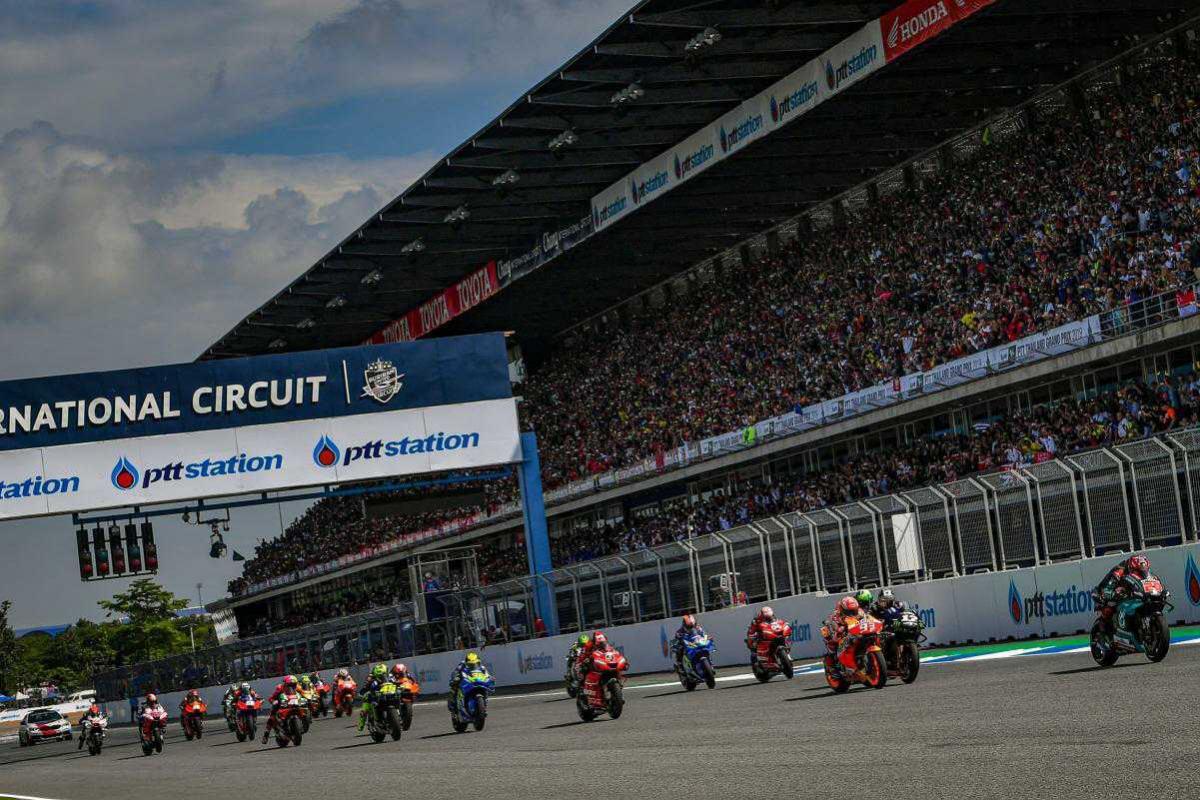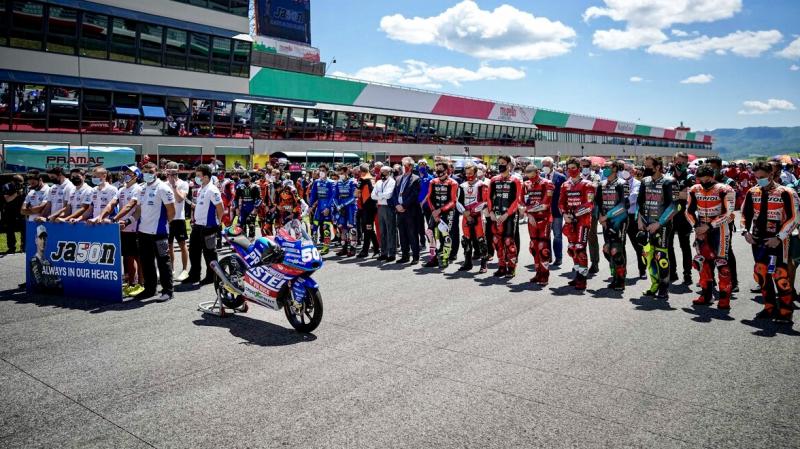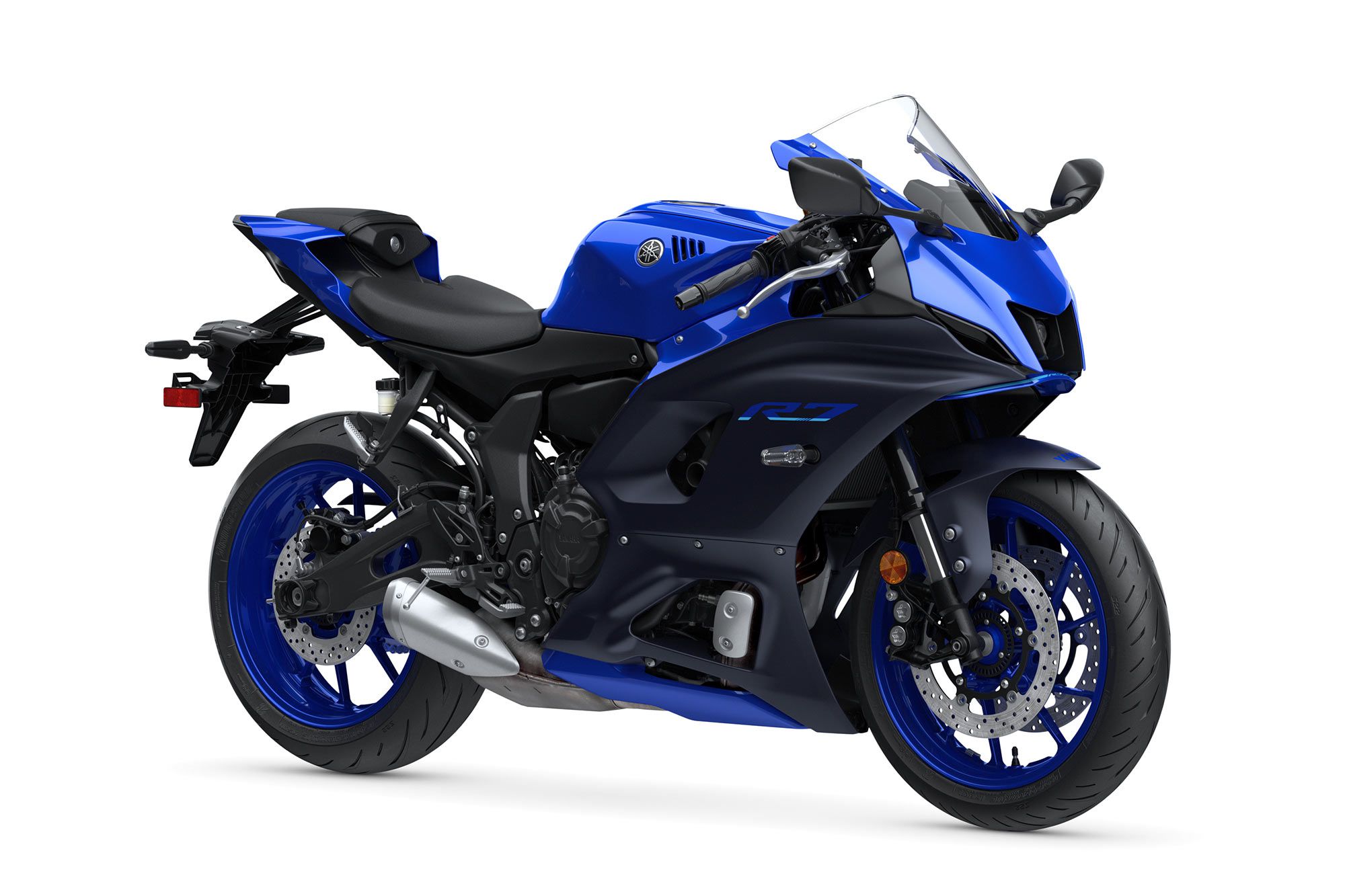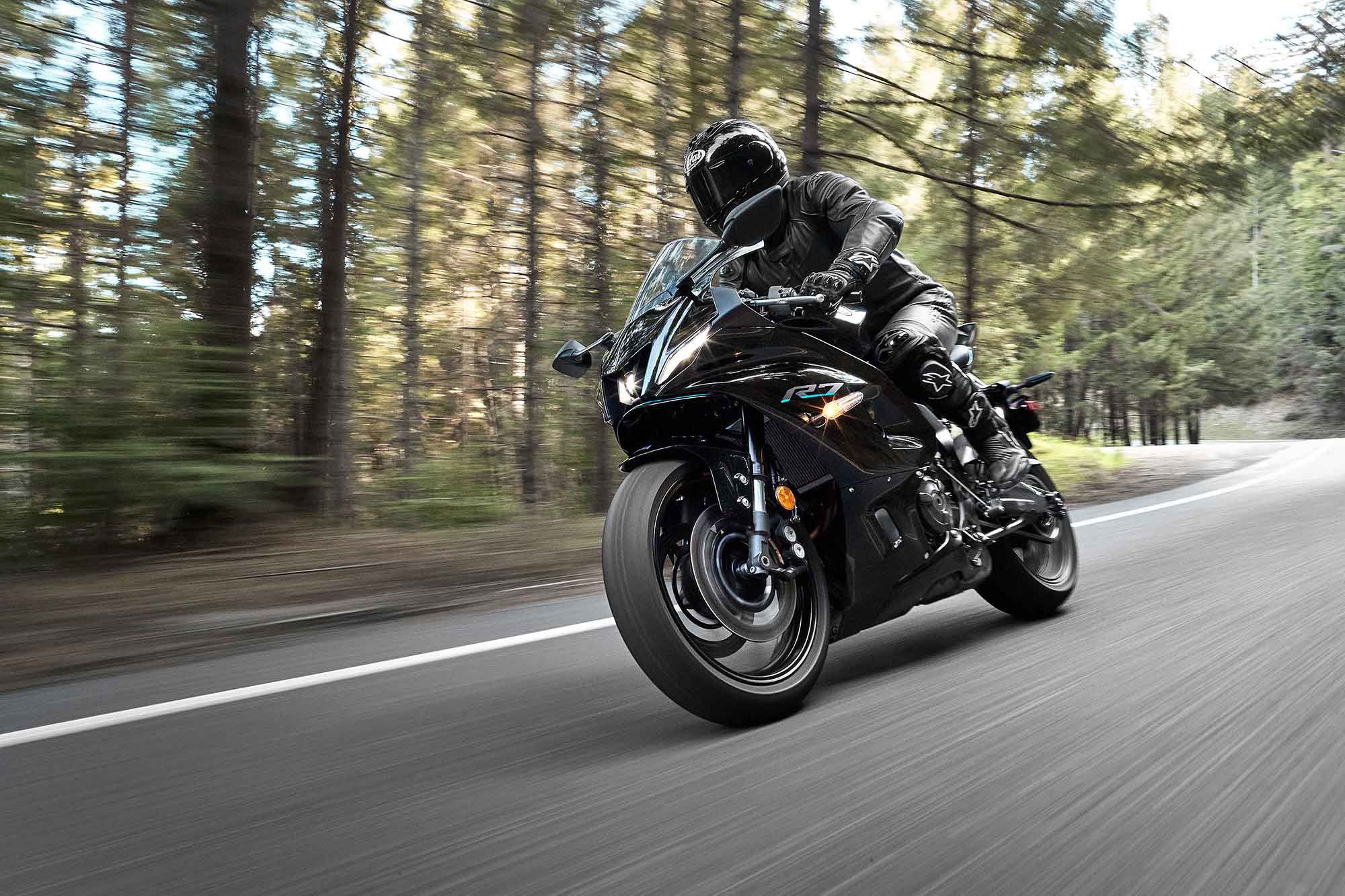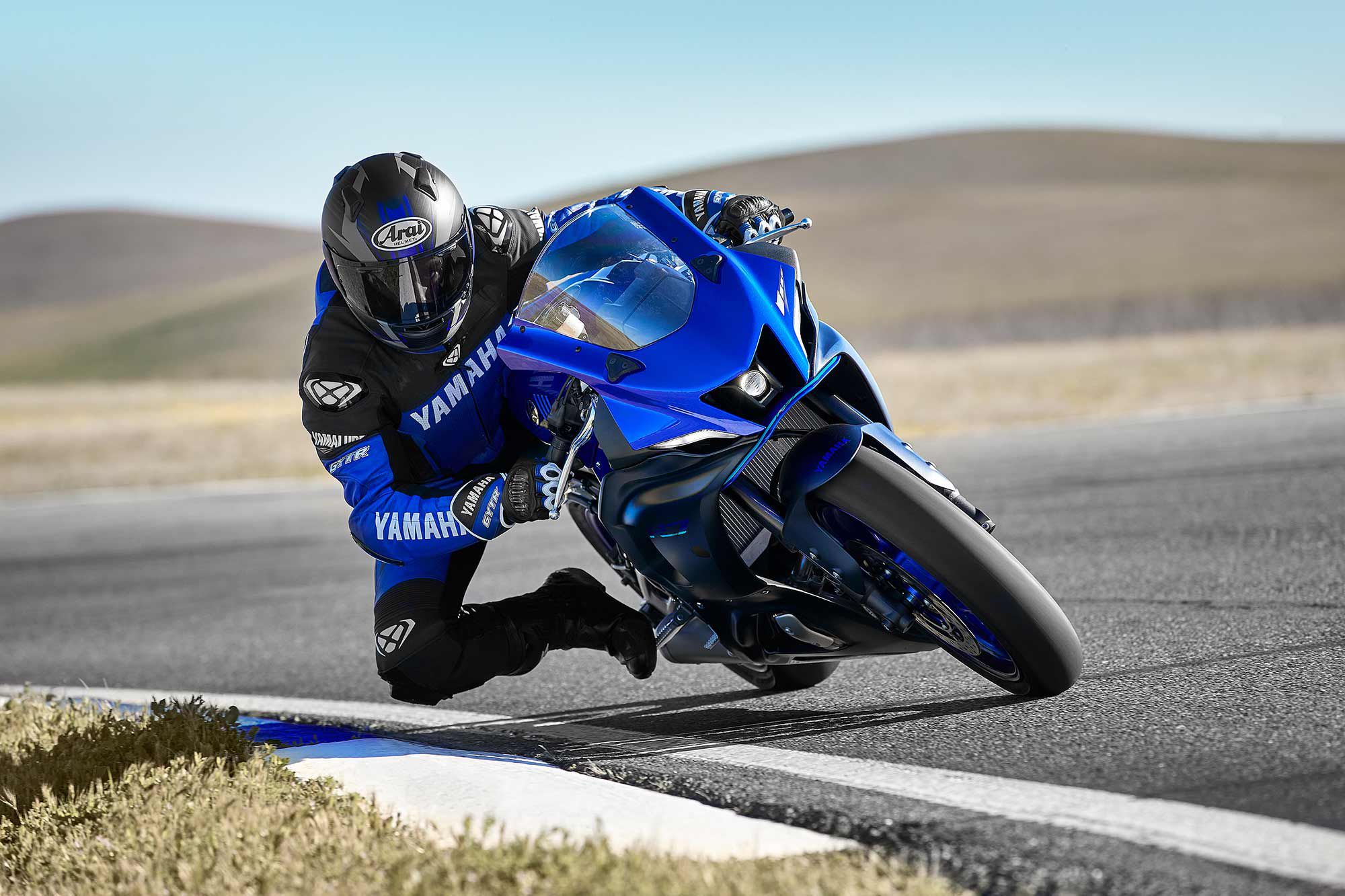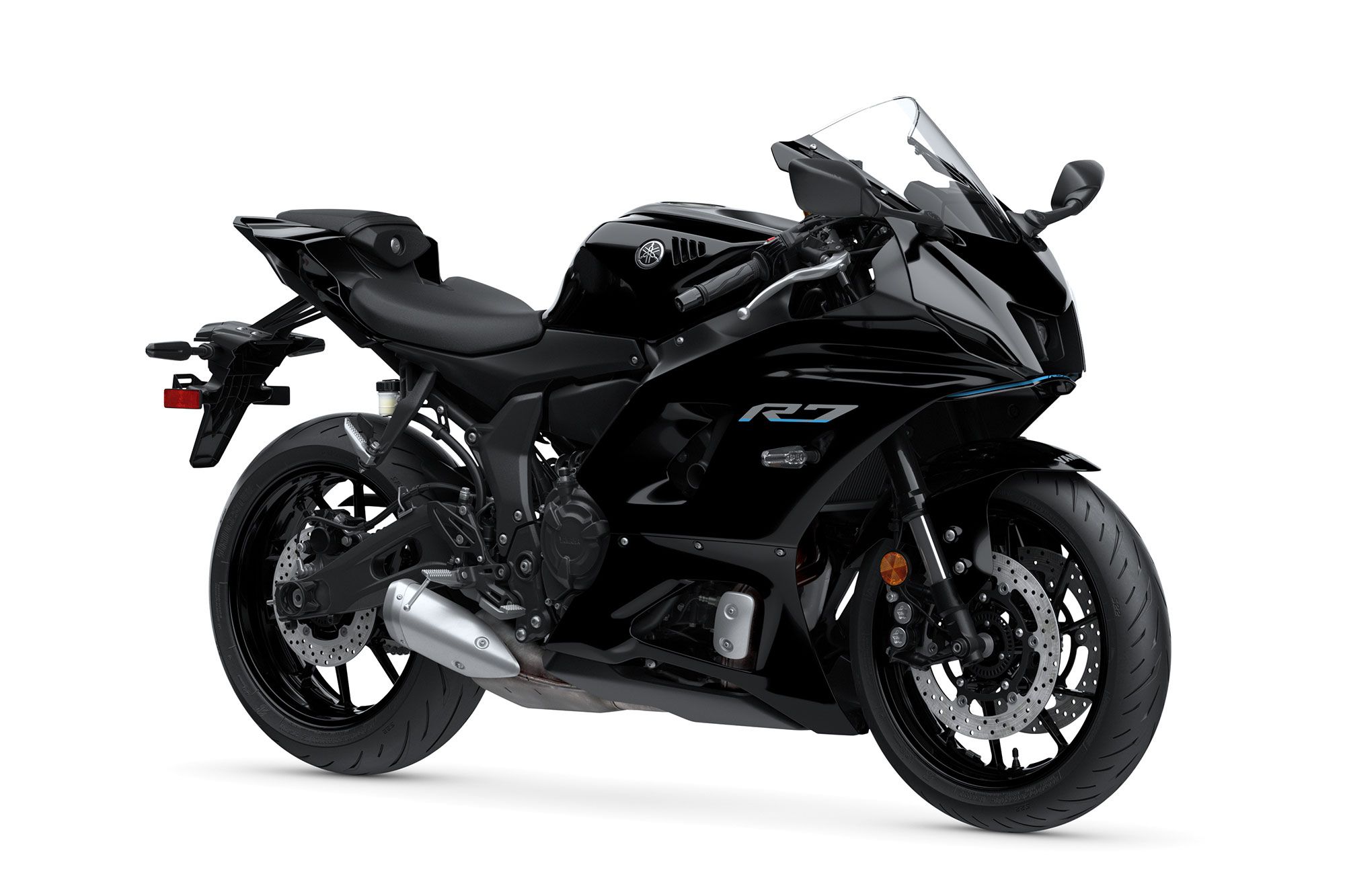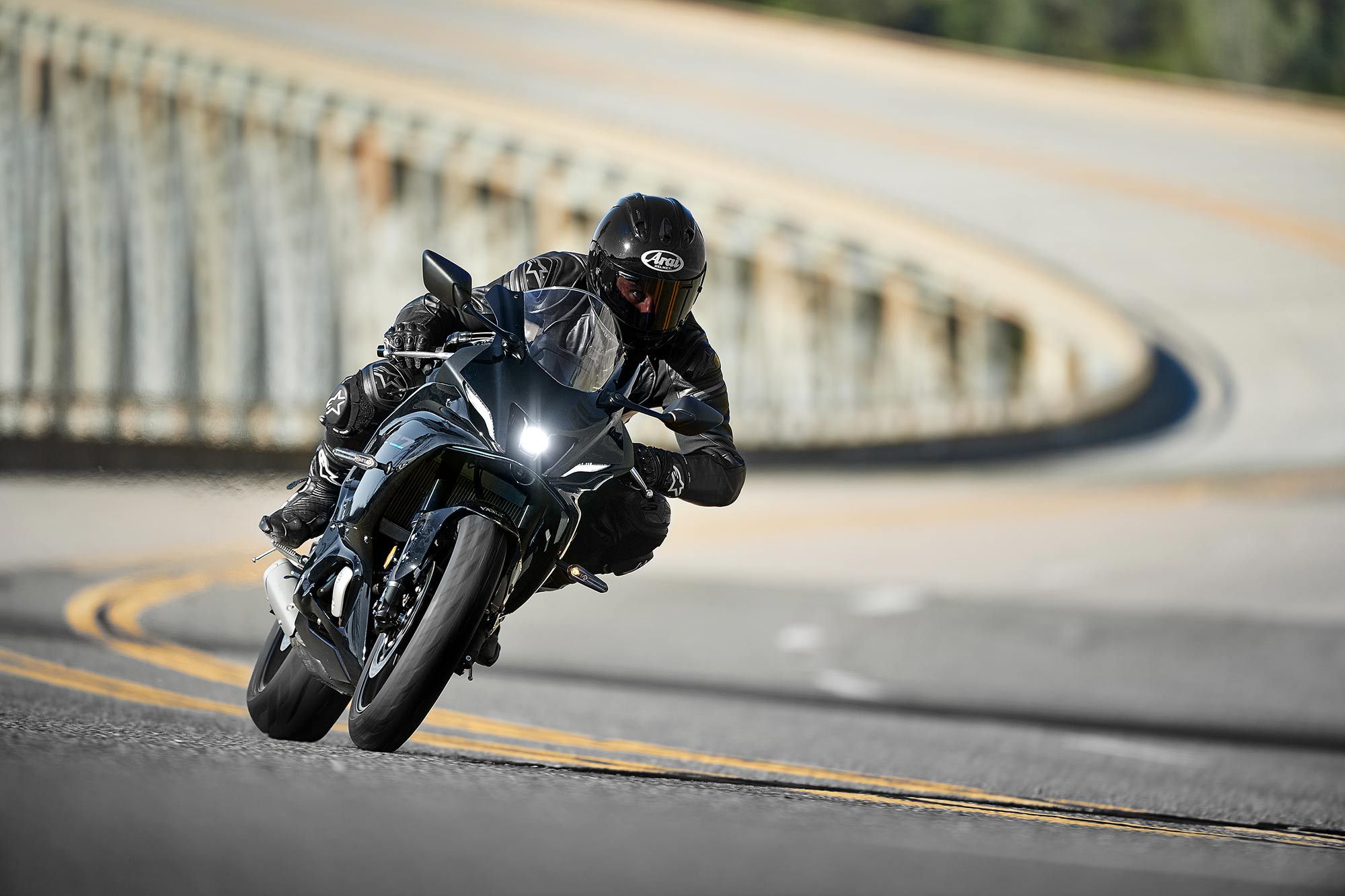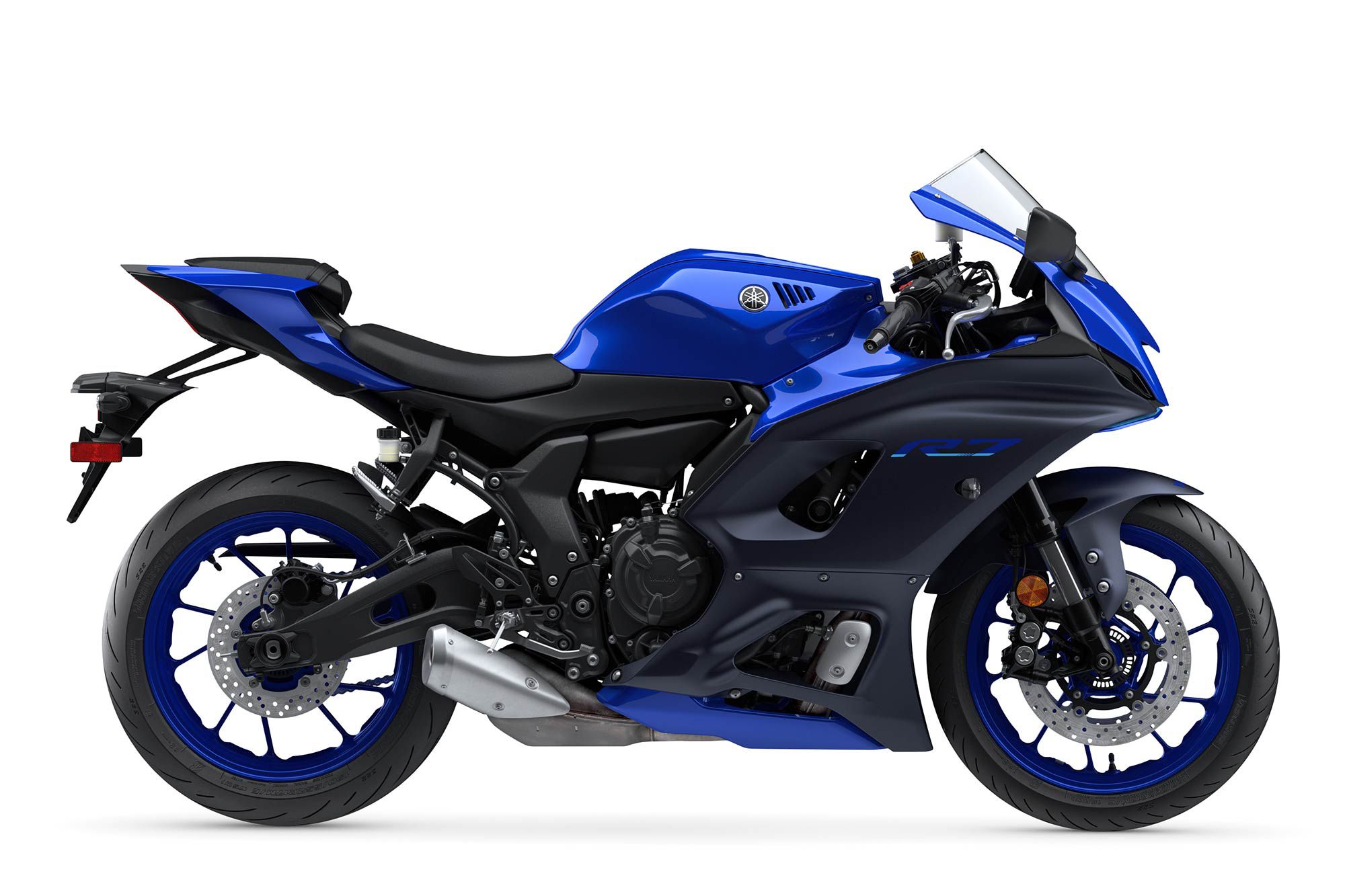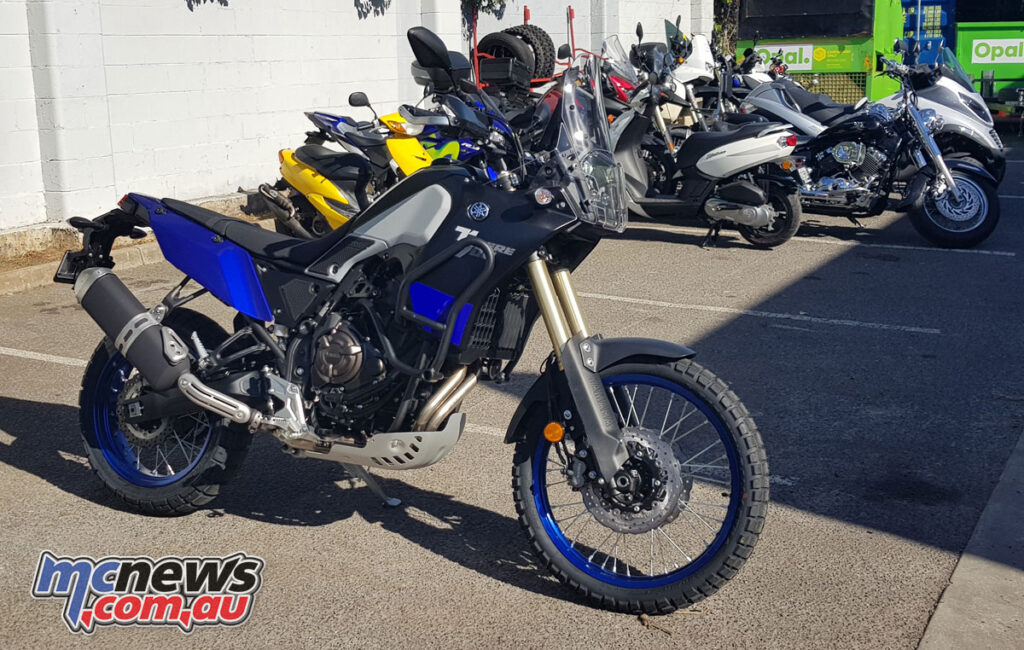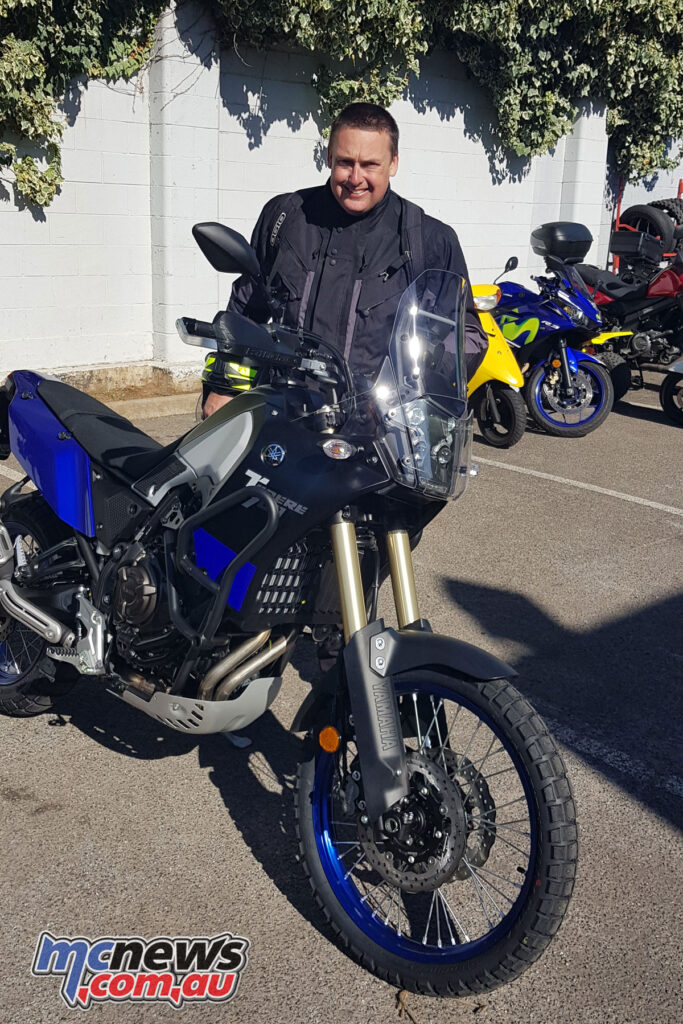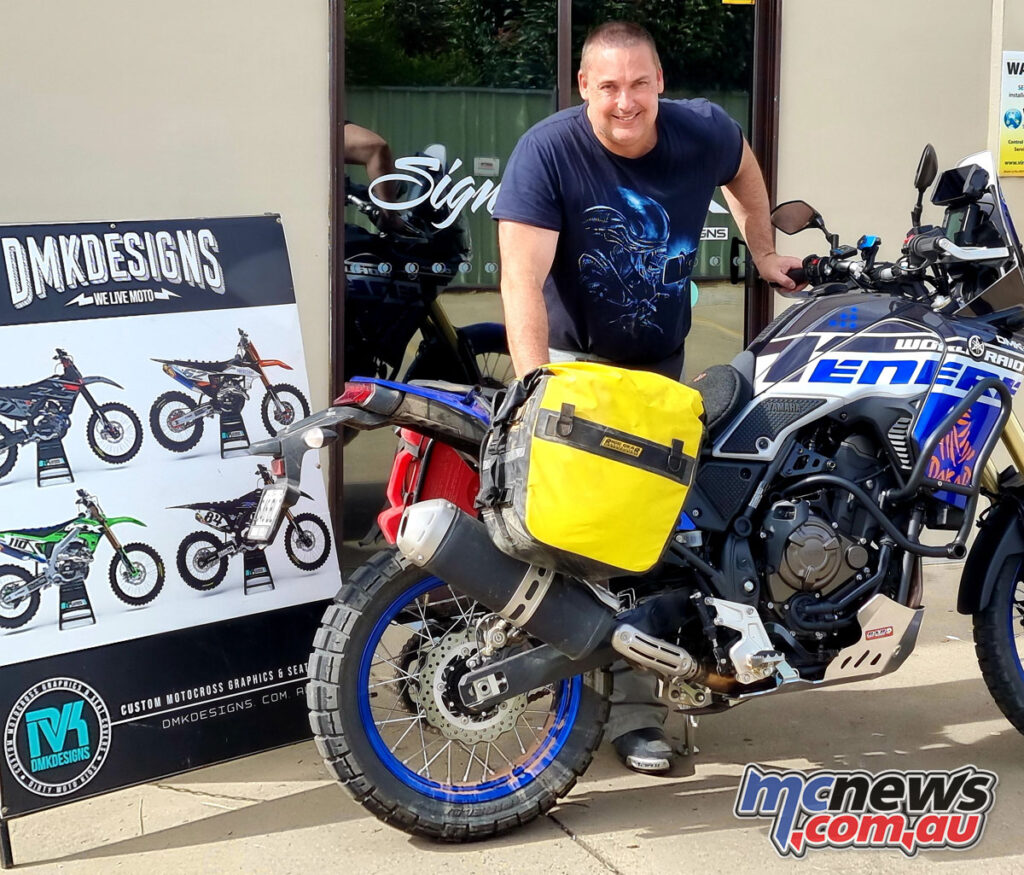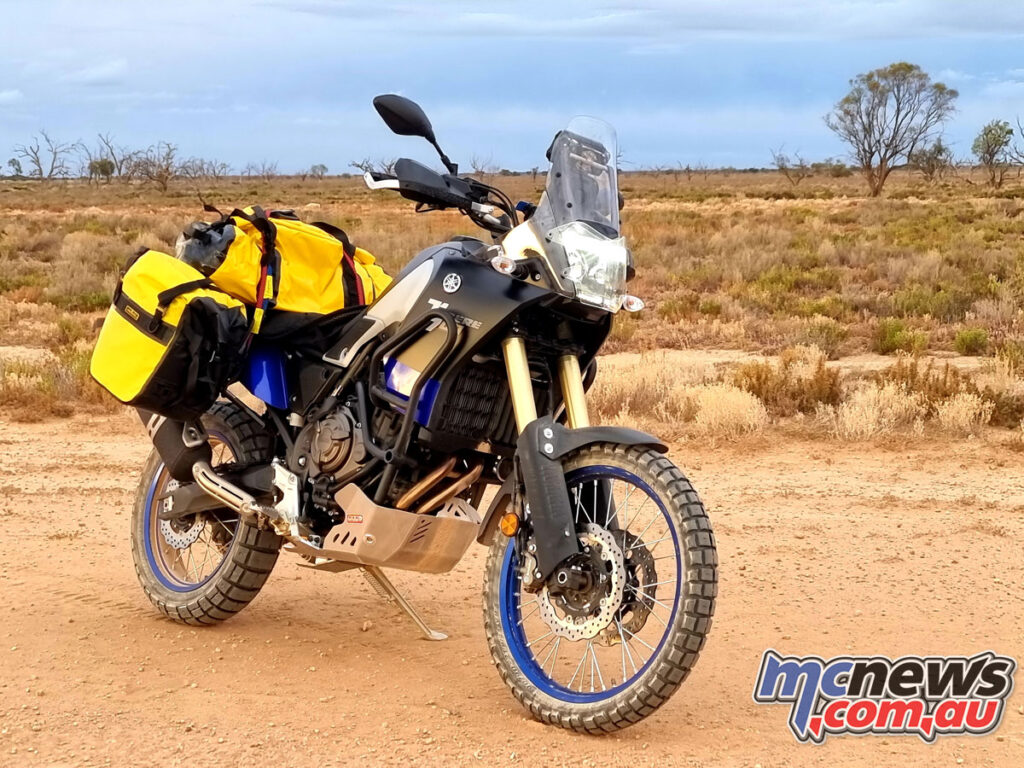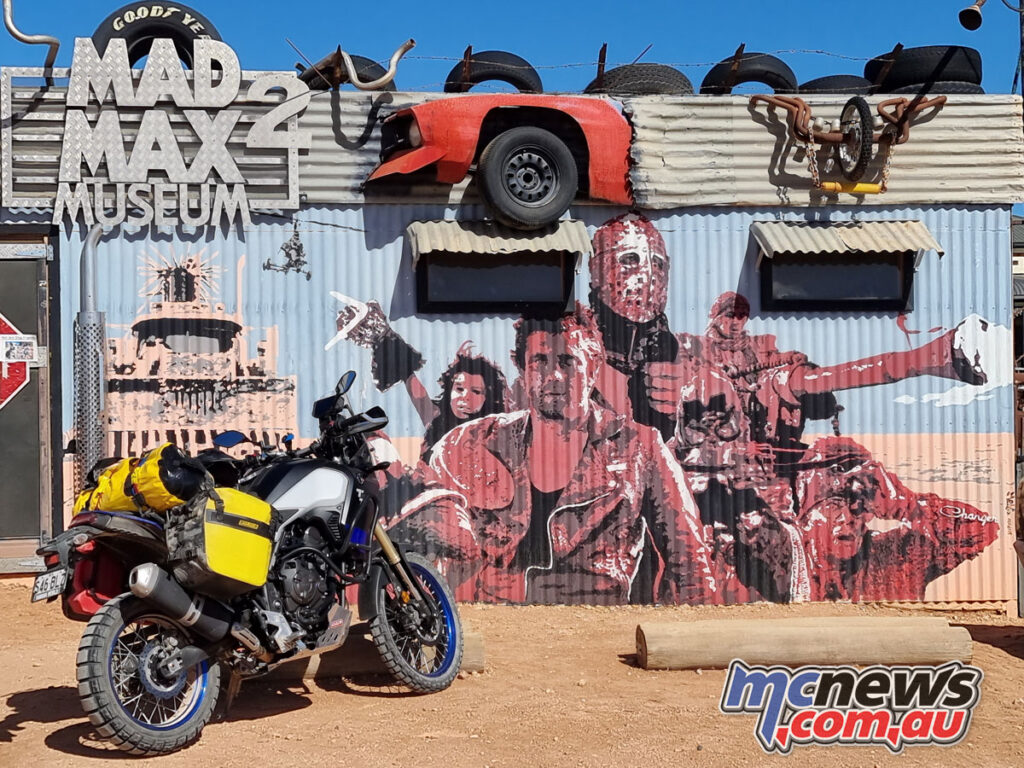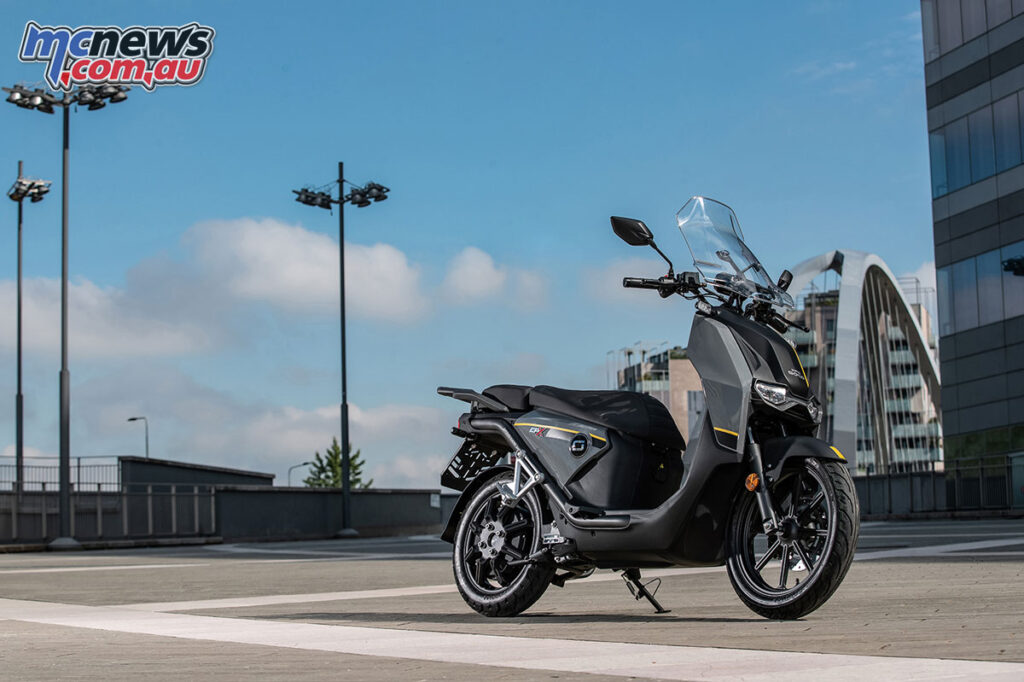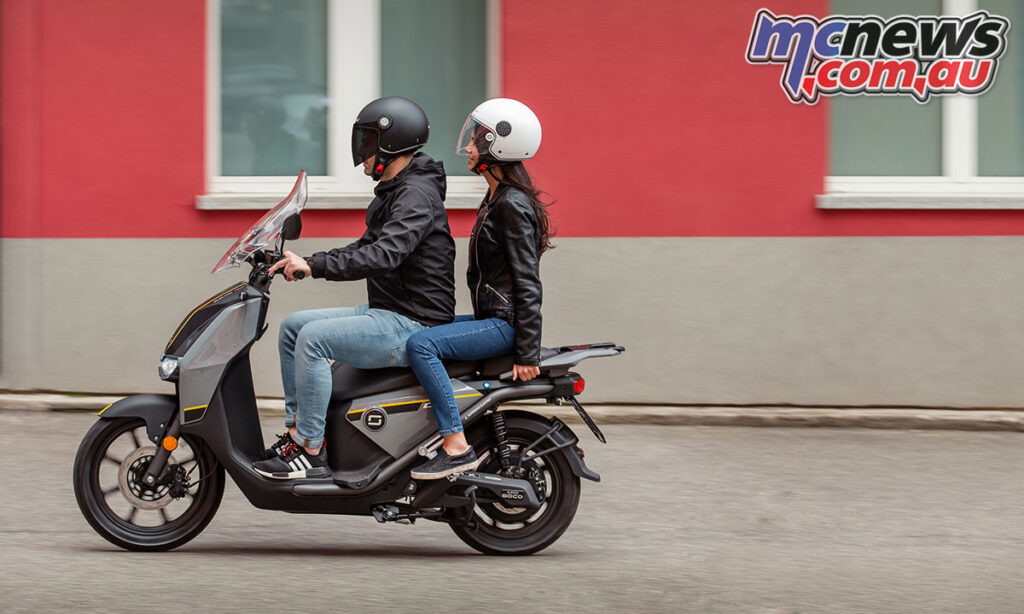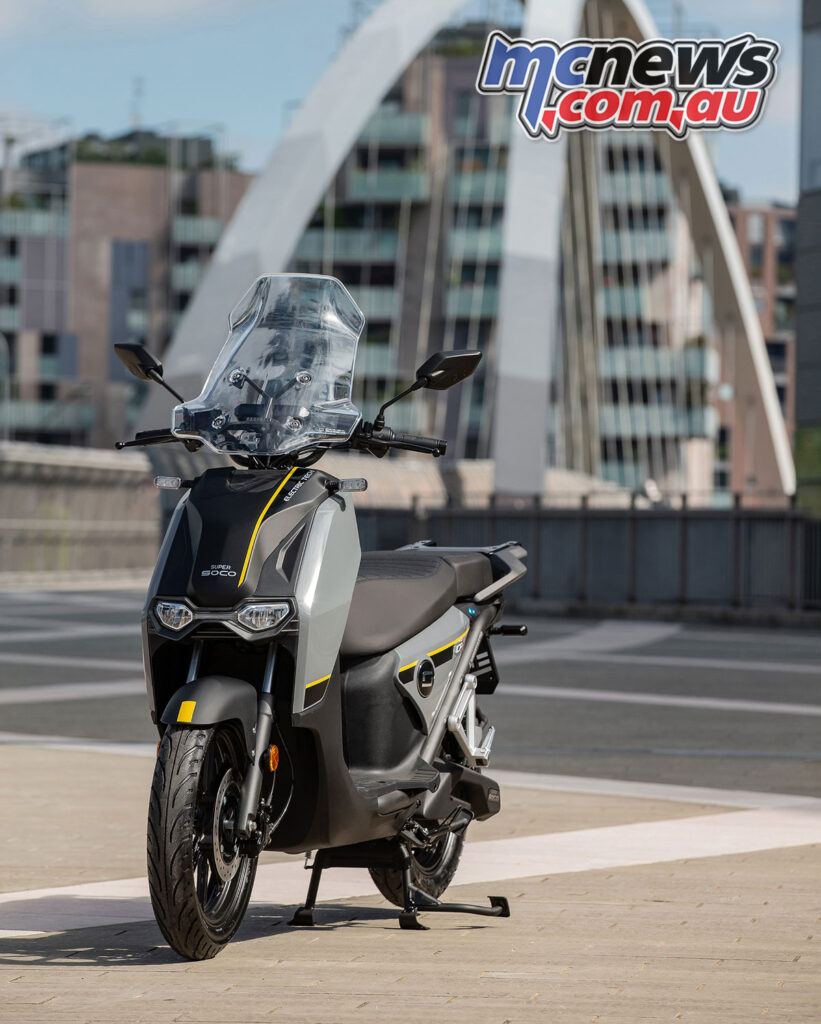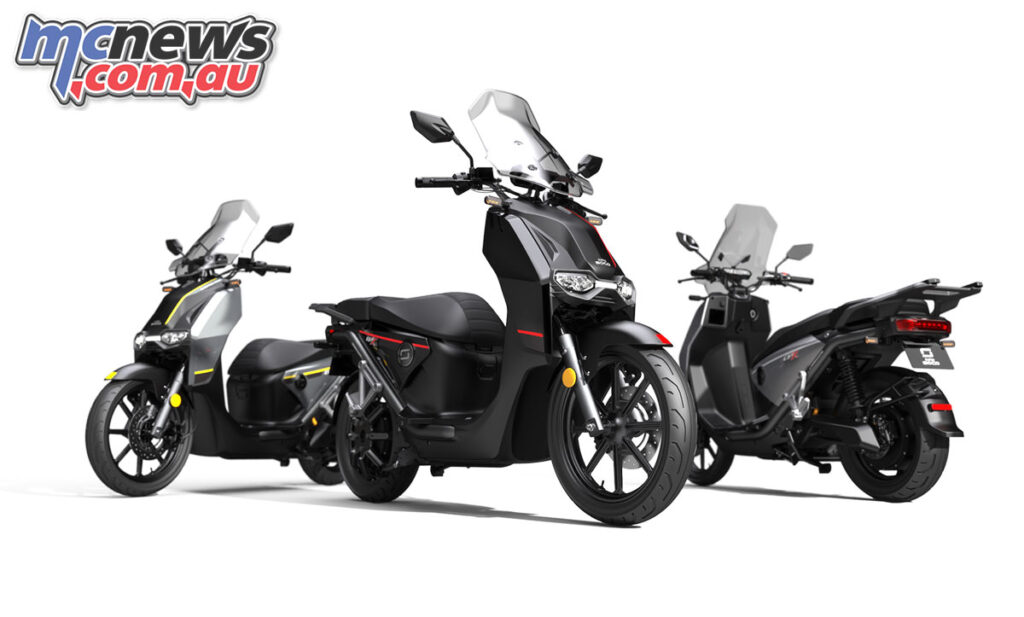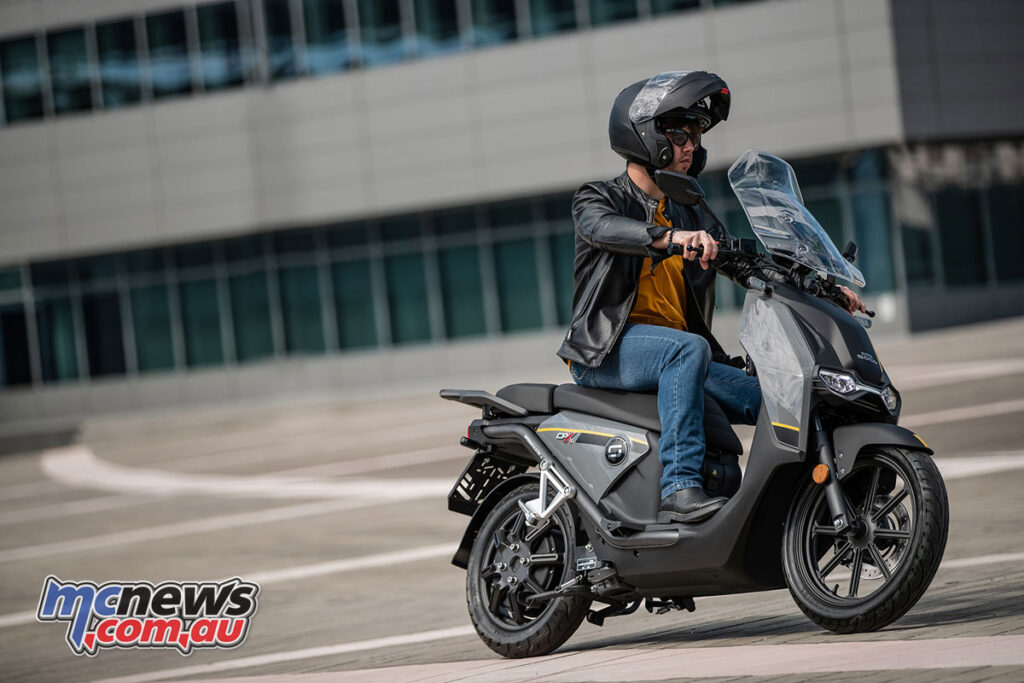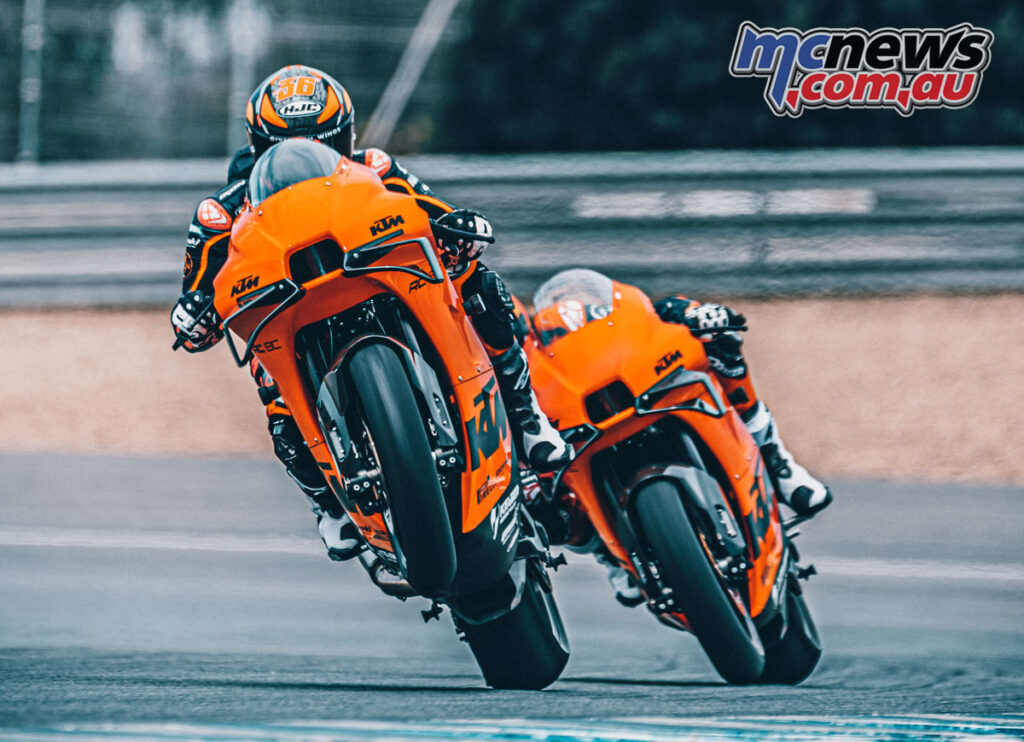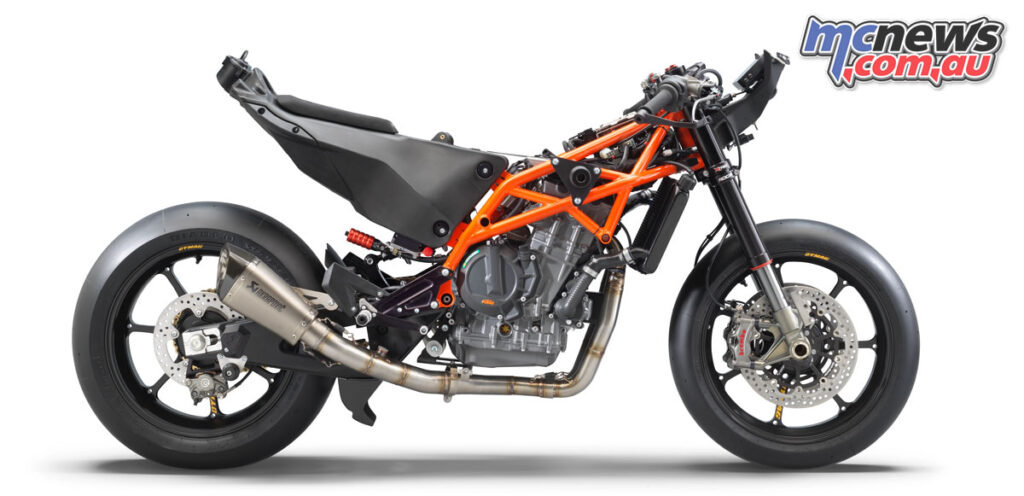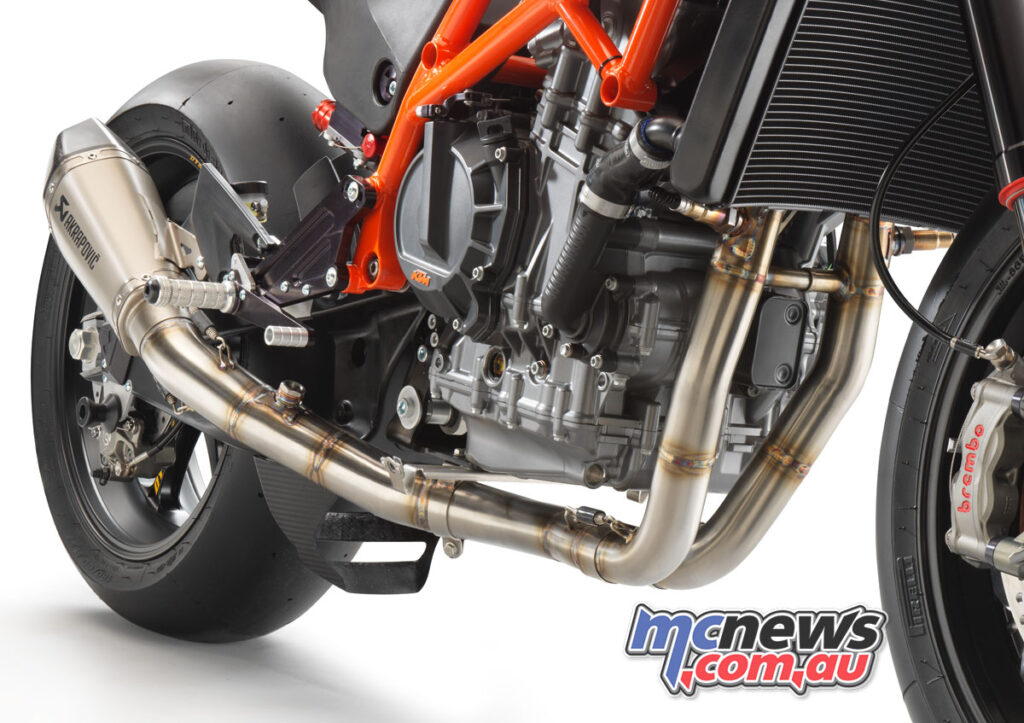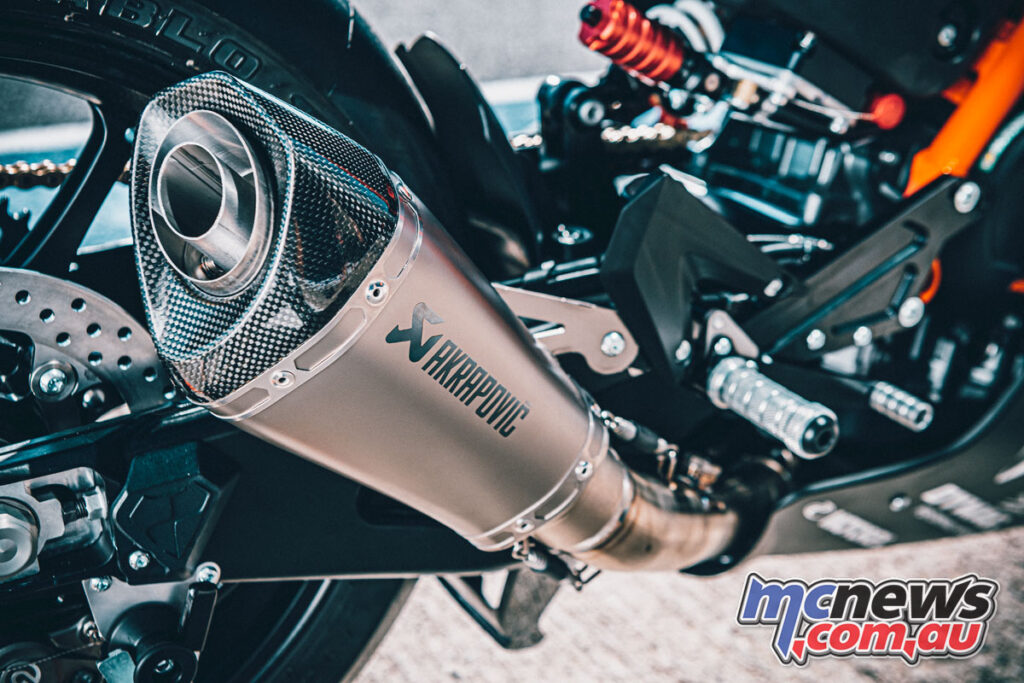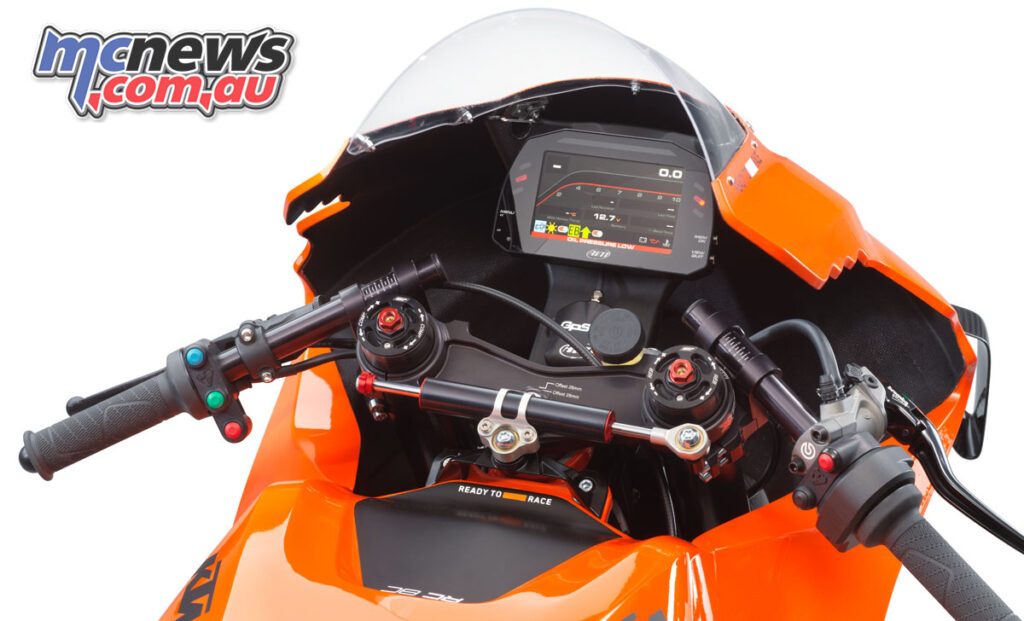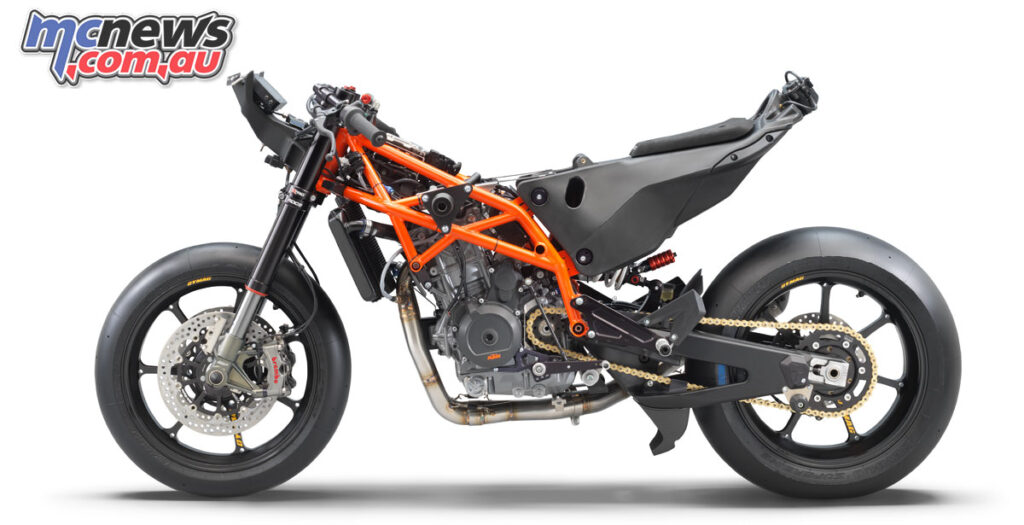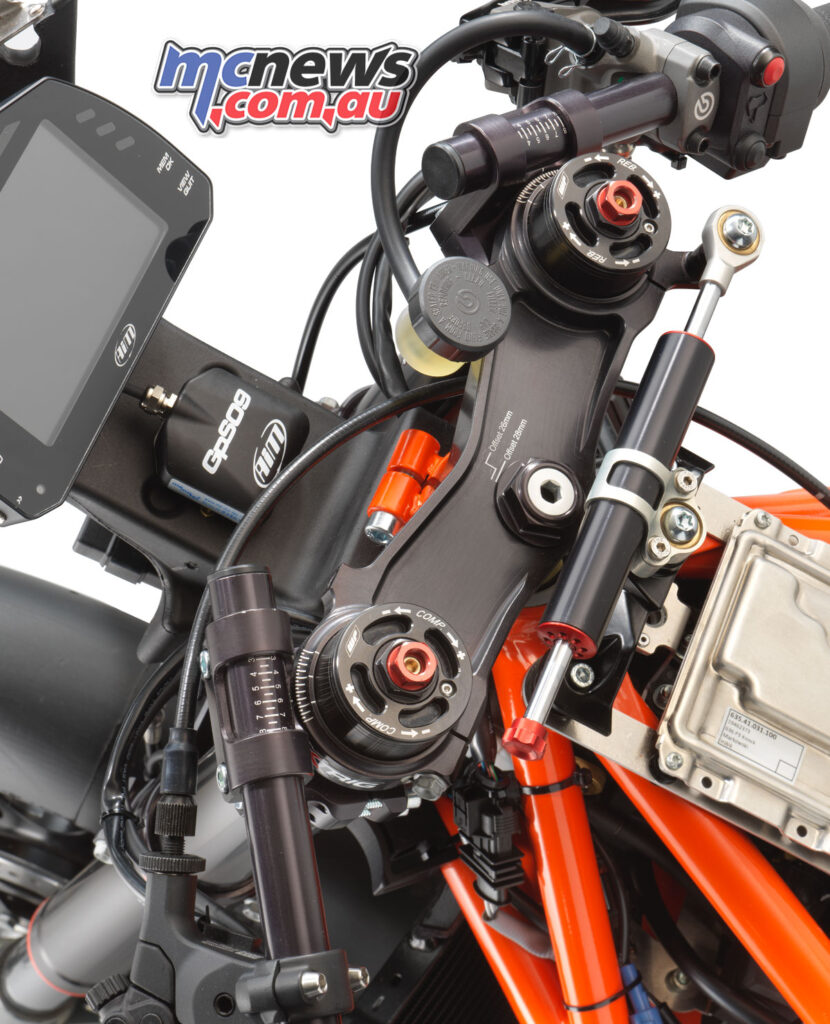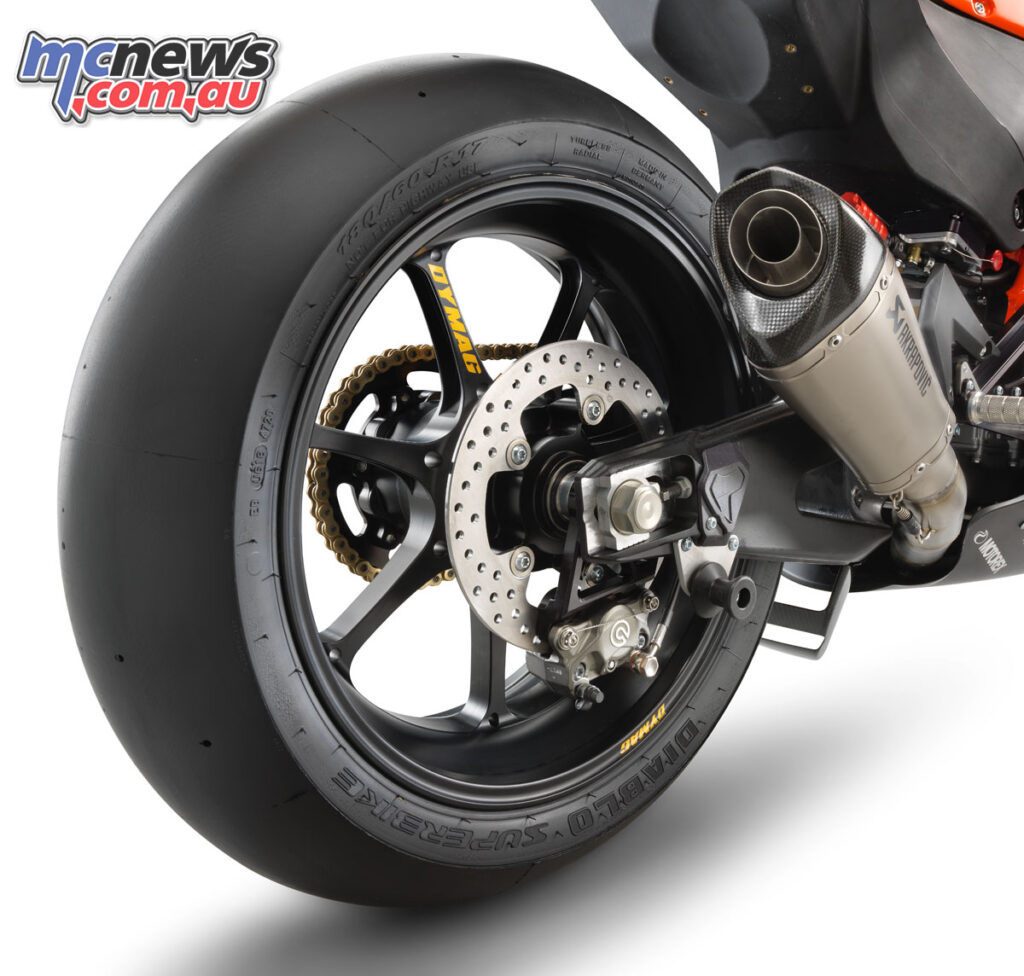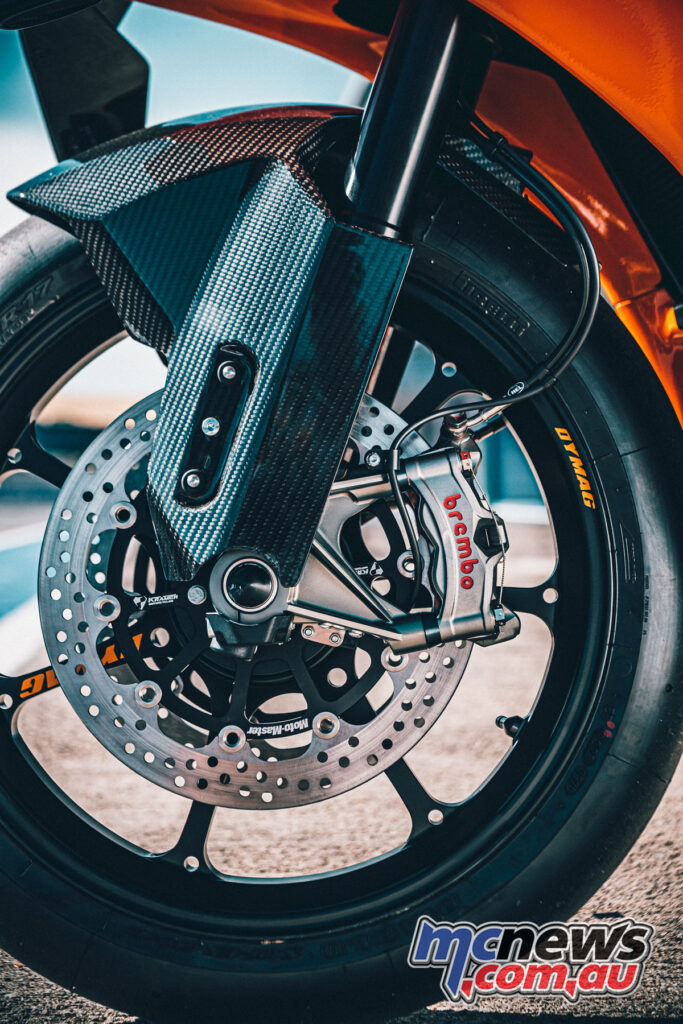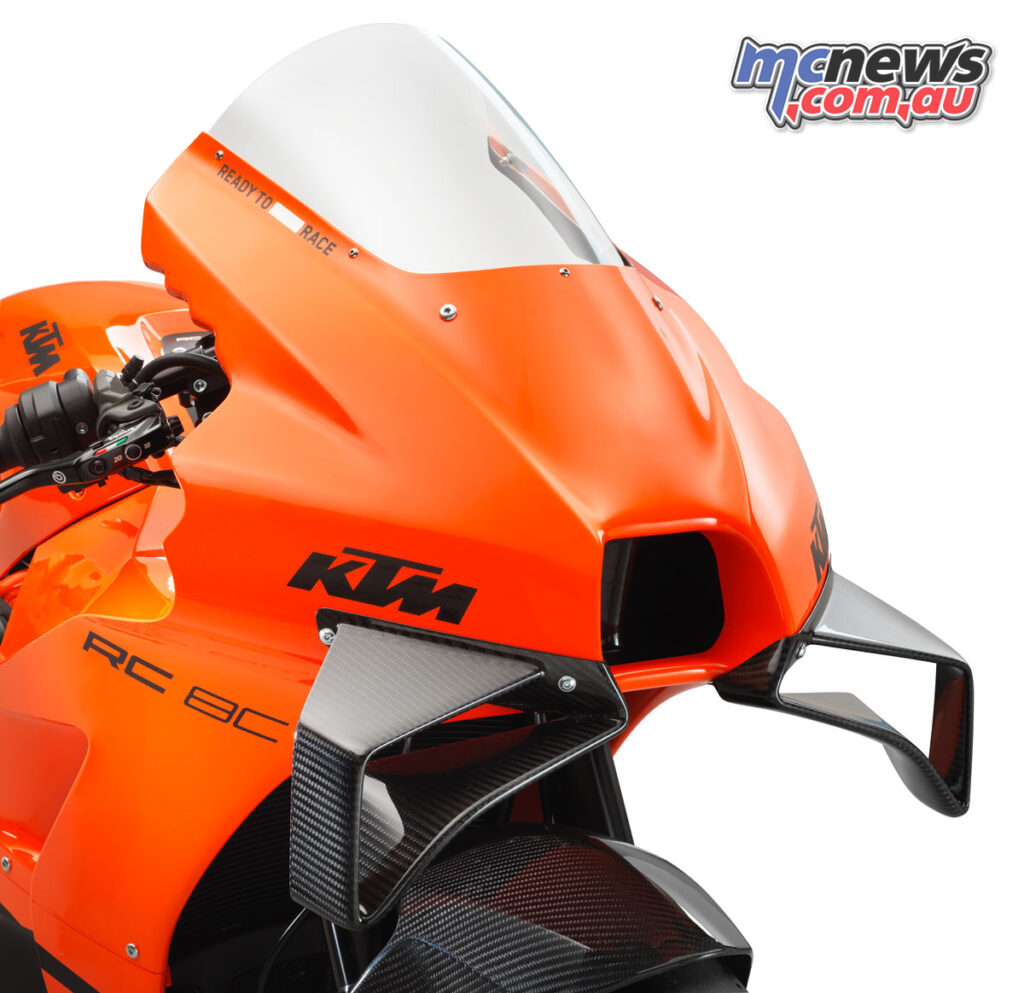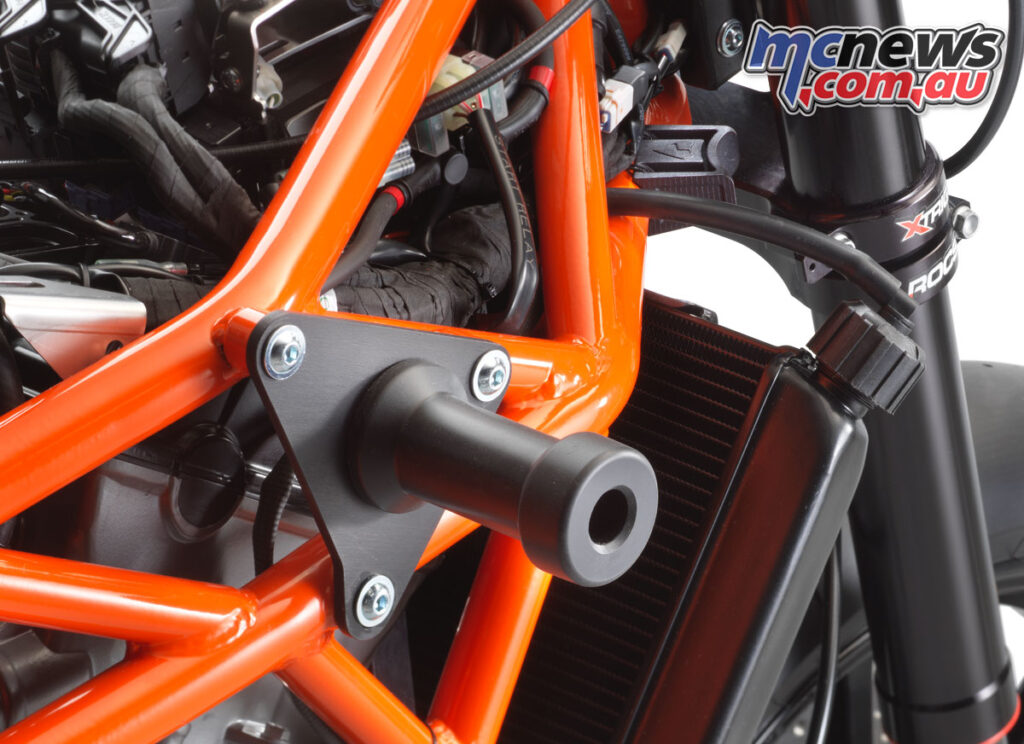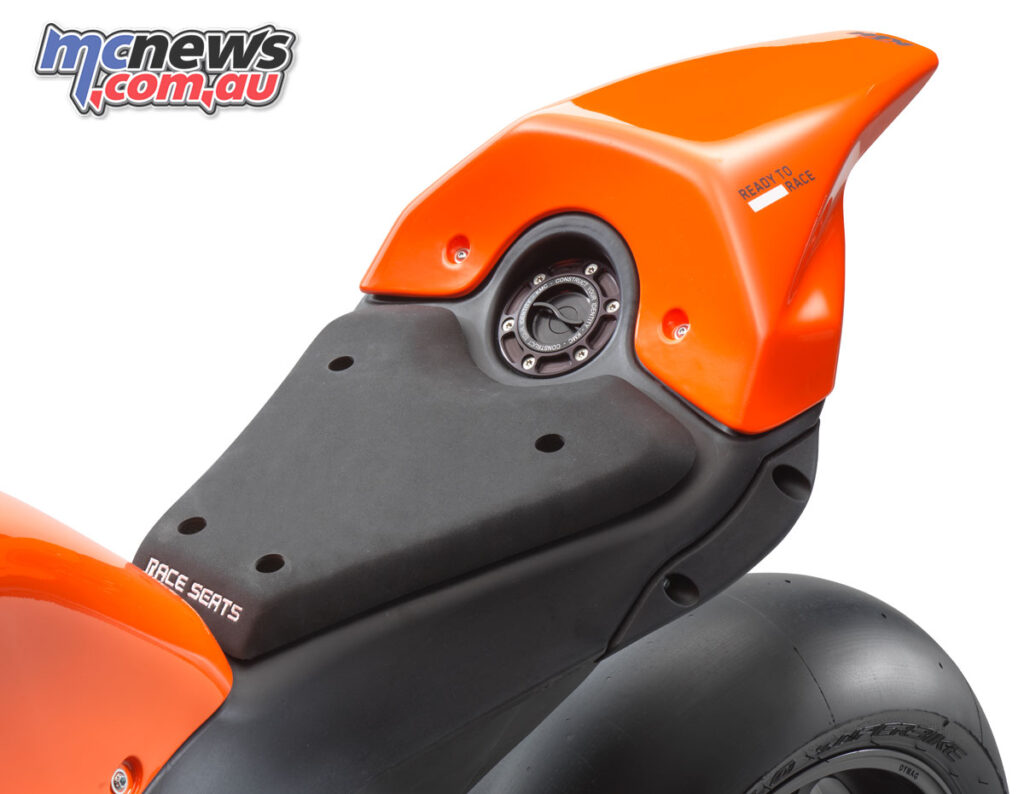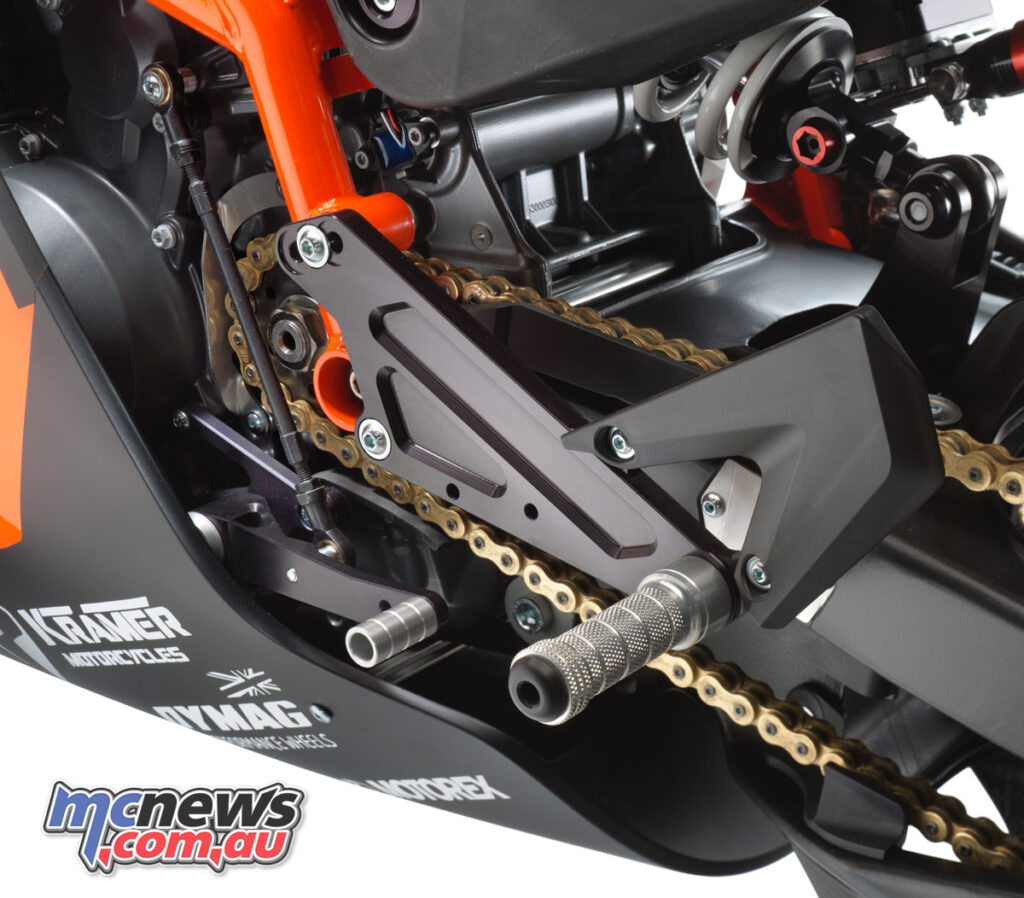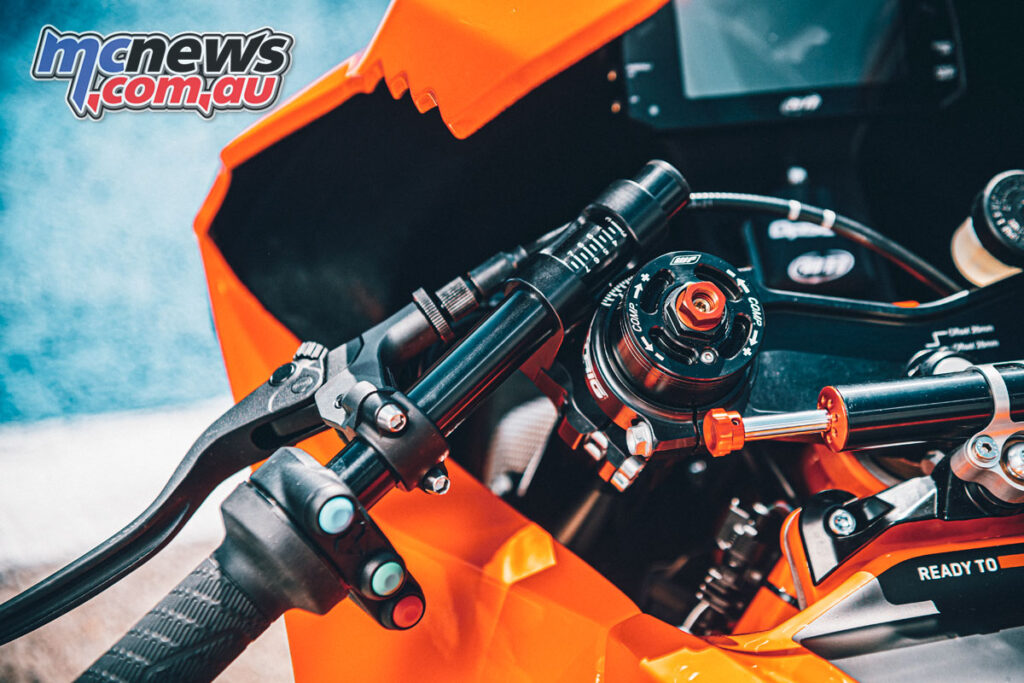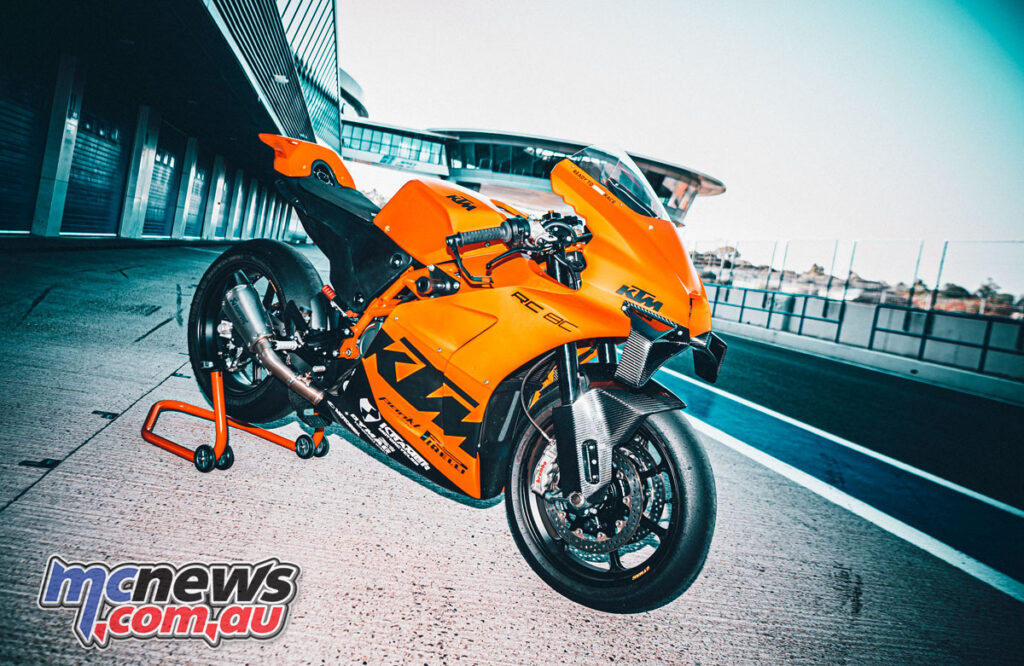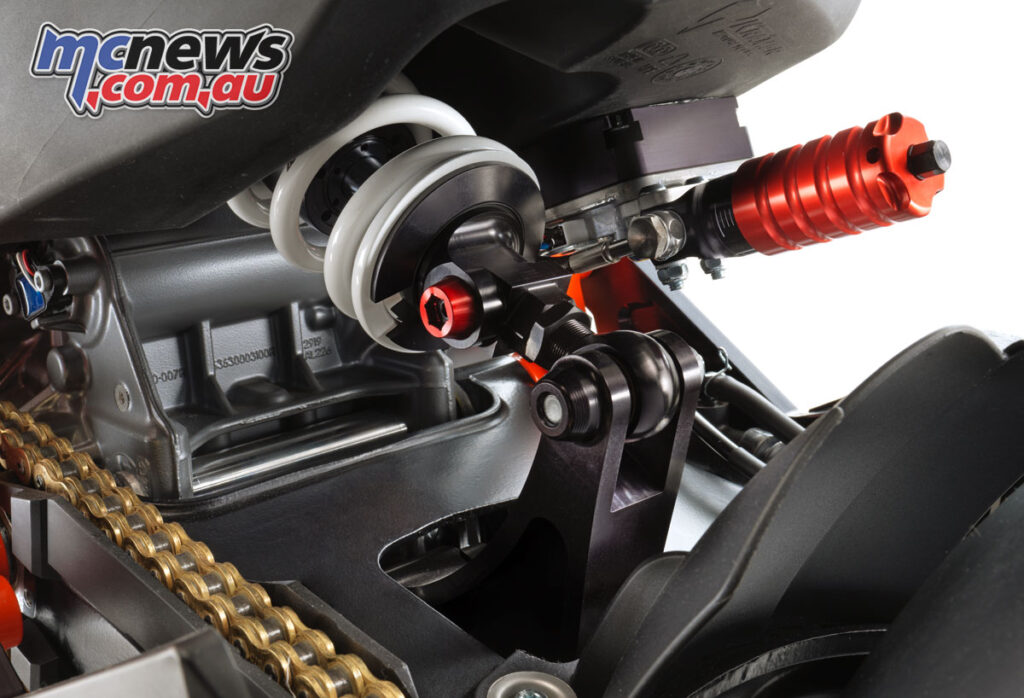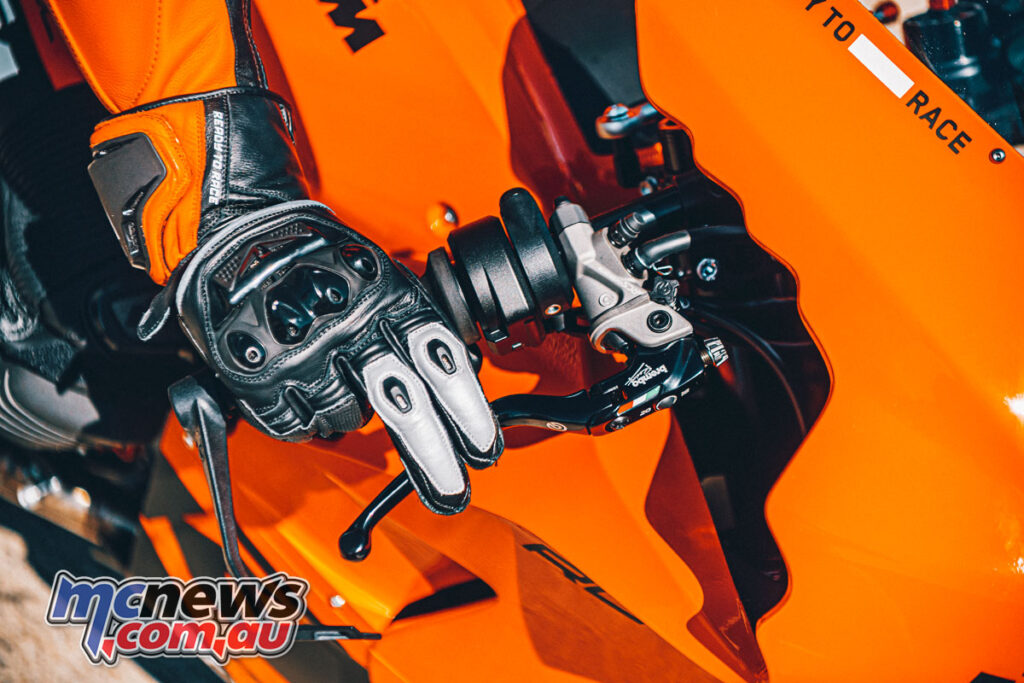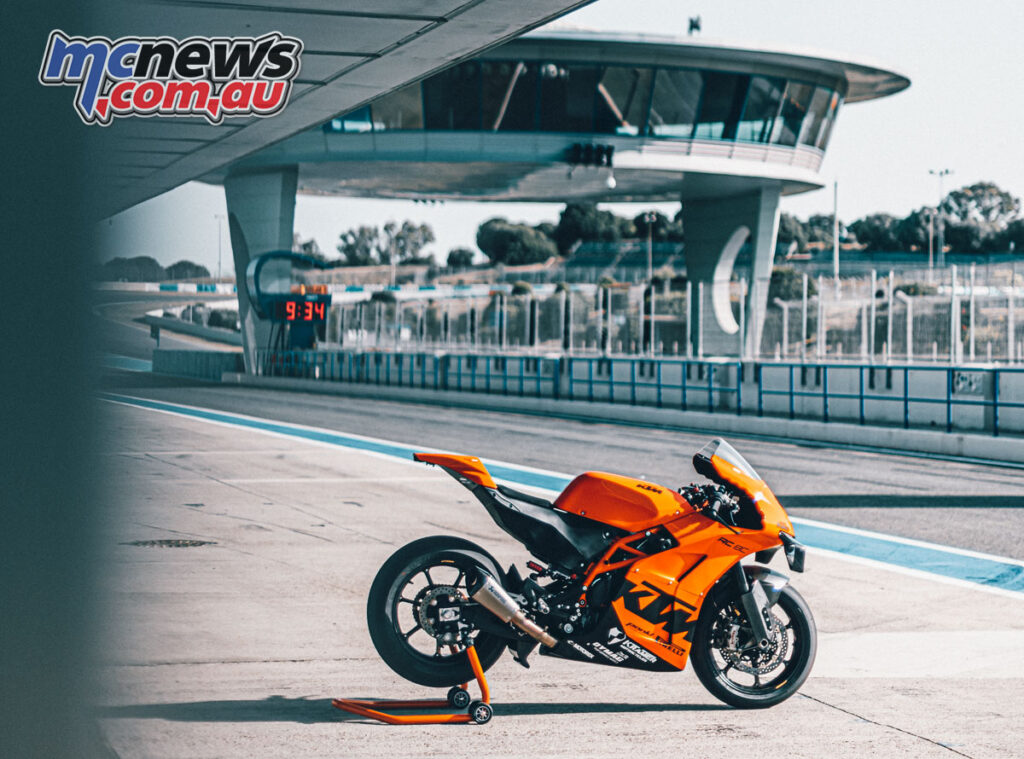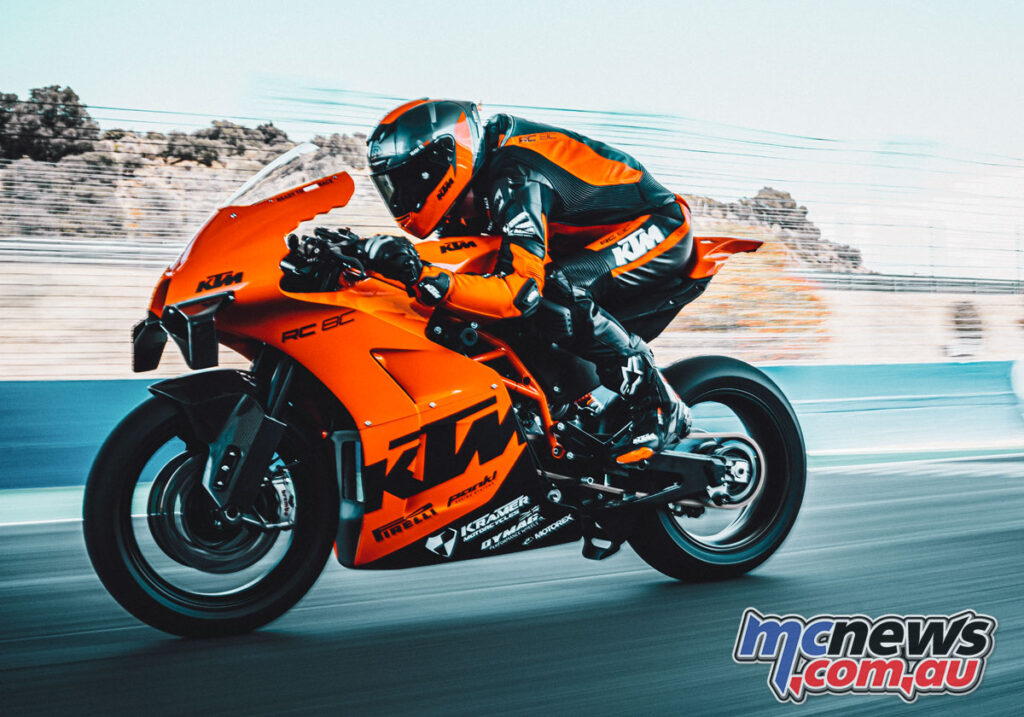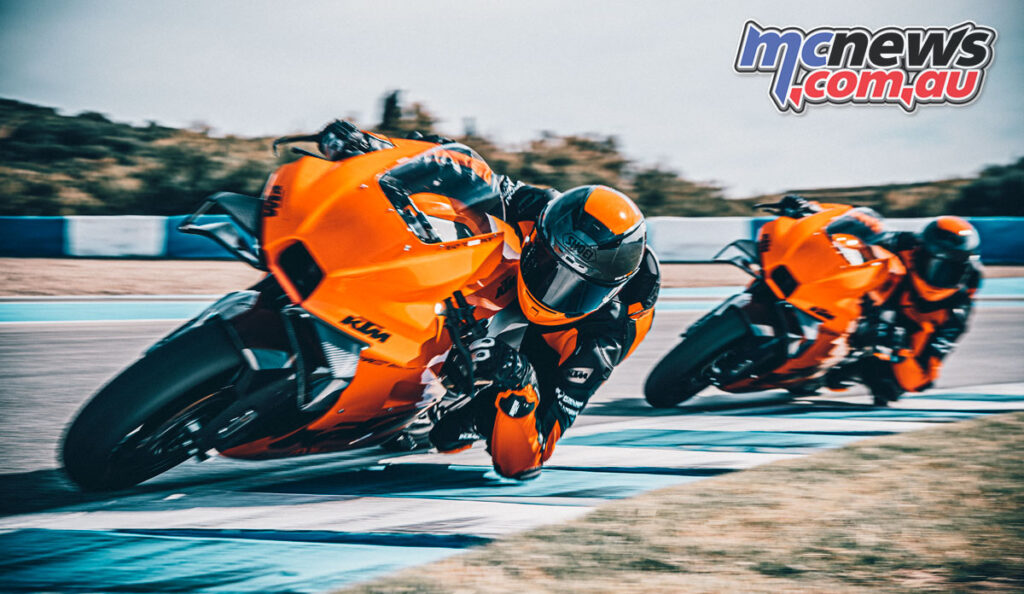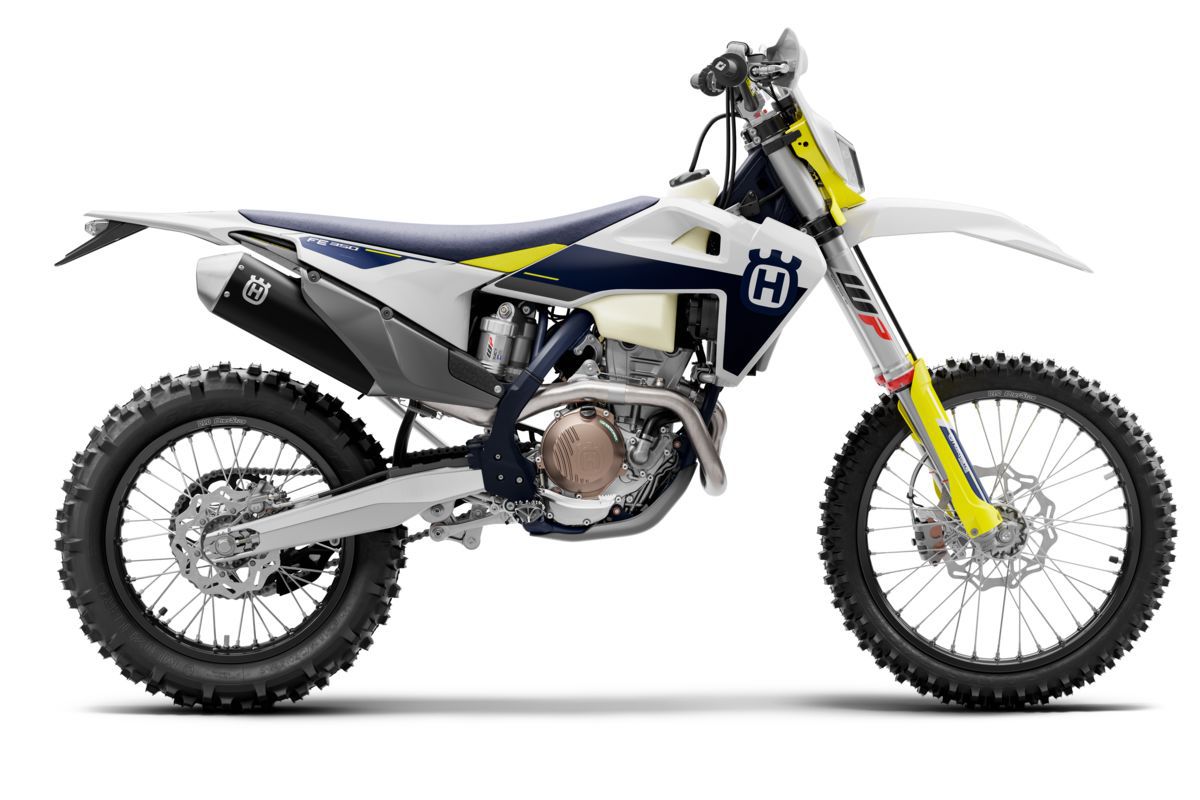
Ups
- 350cc engine is fun and offers an entertaining amount of torque
- Adjustable suspension is comfortable and plush. It does well in 90 percent of trail riding scenarios
- Brakes, tires, and controls are competition-ready level
Downs
- Engine is flat in the rpm range above 8,000
- Cornering suffers a little in tighter turns because of its slightly longer feeling chassis
- Wide ProTaper handlebar could be cut down for tight trail riding
Verdict
An enduro that’s easy to ride, has a lightweight feel, and offers plush suspension like the FE 350 can be ridden for multiple days in a row without expending too much energy.
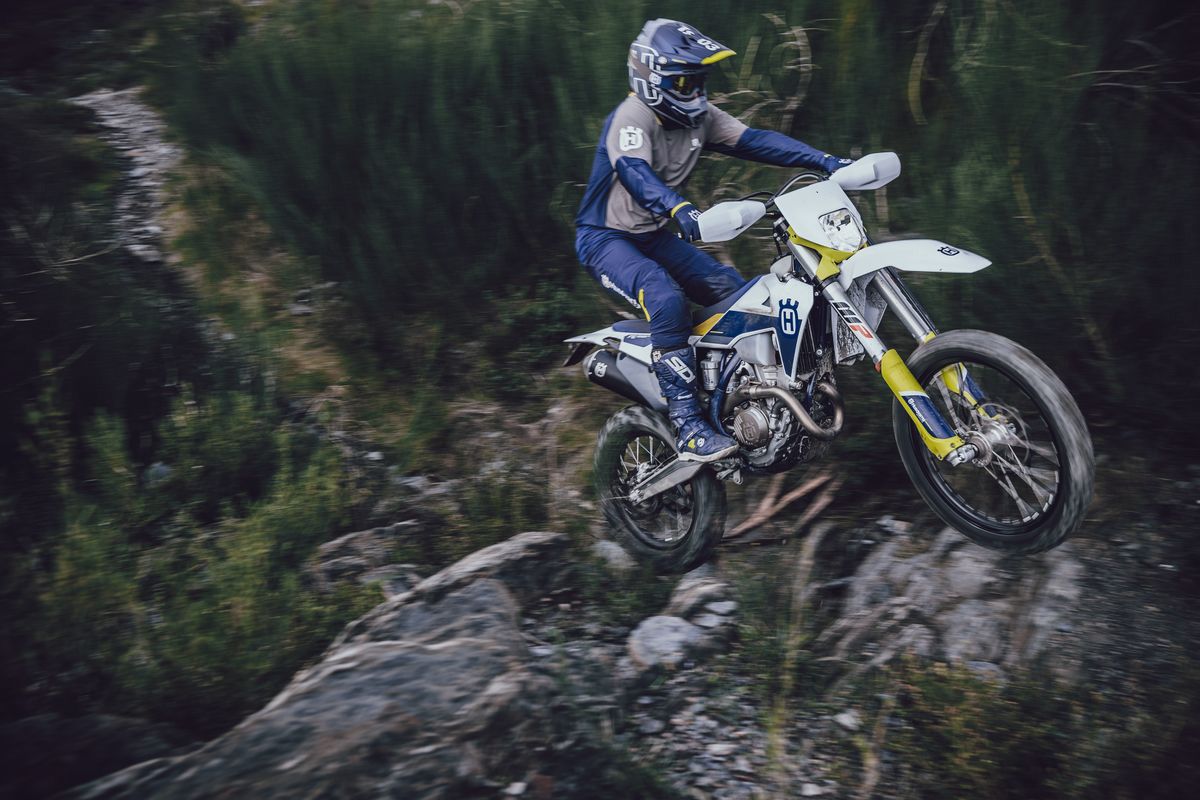
Overview
Husqvarna has two four-stroke enduro models in its lineup including the FE 350 and FE 501. The FE 350 resides below its FE 501 counterpart in terms of displacement with its 350cc liquid-cooled engine and targets the trail rider who aims to navigate through technical terrain at lower speeds. Seeing as it is California green-sticker compliant, 50-state legal, and meets United States Forest Service requirements with its spark arrestor, the FE can be ridden in many areas that are otherwise restricted to other off-road models such as the FX 350.
Updates for 2021
The FE 350′s new graphics are the only change for 2021.
Pricing and Variants
A $10,699 price tag can be seen on the FE 350.
Competition
KTM’s 350 XCF-W, GasGas EC 250, and Yamaha’s WR250F are considered the FE’s closest competition.
Powertrain: Engine, Transmission, and Performance
As seen in the FC 350, FX 350, and FE 350s, the 350cc liquid-cooled four-stroke engine is also in the FE 350. Prior to our testing, we recorded power figures from the FE 350: 36.5 hp at 9,200 rpm and 21.8 pound-feet at 7,900 rpm.
During testing, the engine produced “fun, easy-to-control torque, making good power through the lower rpm range until about 8,000 rpm, after which it seems to get a little flat.” If more power is desired, tapping into aftermarket products such as an ECU and exhaust system can unlock even more potential for competitive riding/racing.
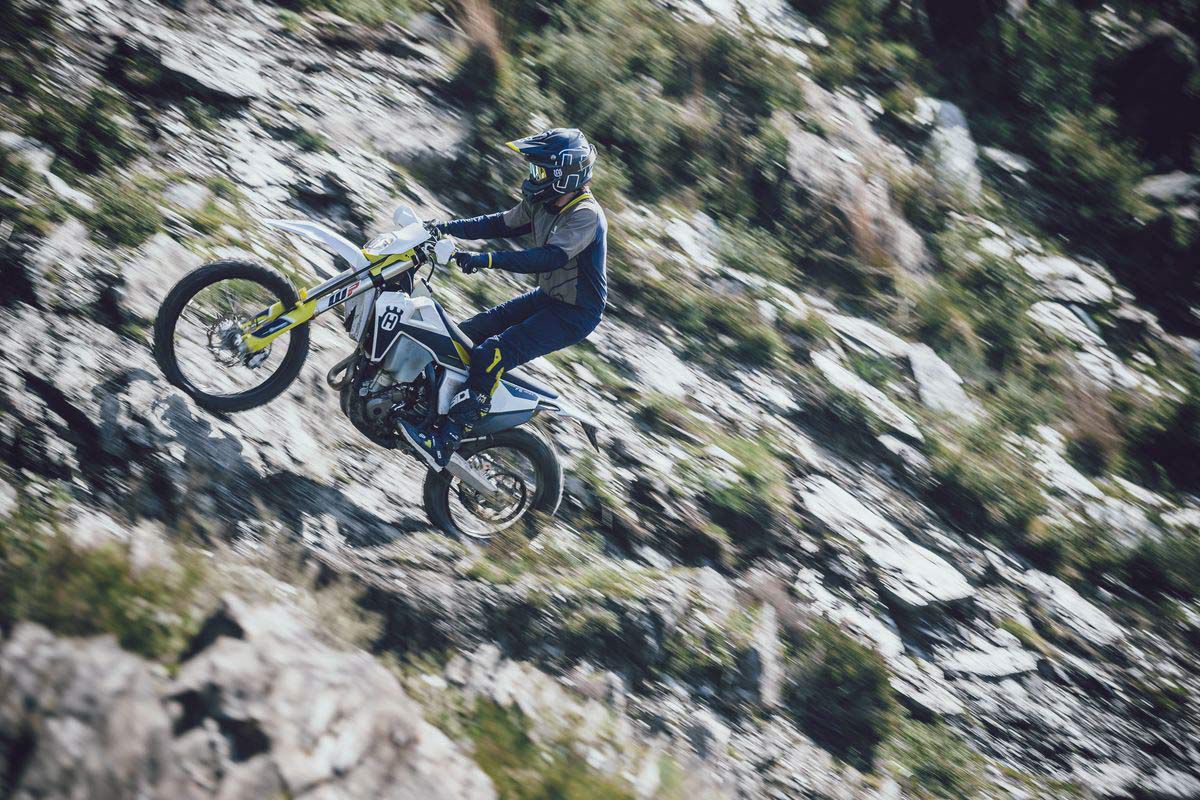
Handling
When it comes to the FE 350′s handling it “feels fairly well balanced most of the time, with the fork tending to ride a little low in the stroke under heavy braking and especially on downhill trails,” we wrote in our full review. Because it is a touch long, cornering in tight, slow sections is more difficult and requires the rider to use their weight to manipulate the motorcycle.
The 48mm WP Xplor fork is adjustable for compression damping, rebound damping, and spring preload, where the WP Xact shock is spring preload, high-/low-speed compression damping, and rebound damping adjustable. This level of adjustment helps riders optimize the suspension settings to personal riding styles or terrain. In stock form it is a touch soft, but we reported that it “does a good job for trail riding about 90 percent of the time, offering impressive comfort and plushness. Below 30 mph, it’s just about perfect. It lacks a little performance when you really start to push the bike in heavier load situations, such as hitting whoops and G-outs, and under braking.”
Brakes
Magura brakes with 260mm and 220mm rotors make up the FE’s stopping power. In our review we consider the brakes, along with the tires and controls, to be competition-ready.
Fuel Economy and Real-World MPG
Although fuel economy is not available, a 2.2-gallon fuel tank is par for the course of Husqvarna’s four-stroke enduros.
Ergonomics: Comfort and Utility
The stock ProTaper handlebar is too wide for tight trails, however, we did like the durable and well-designed hand guards. Compared to its KTM 350 XCF-W counterpart, the seat height is 0.4 inch lower, making it a slightly easier perch for shorter riders.
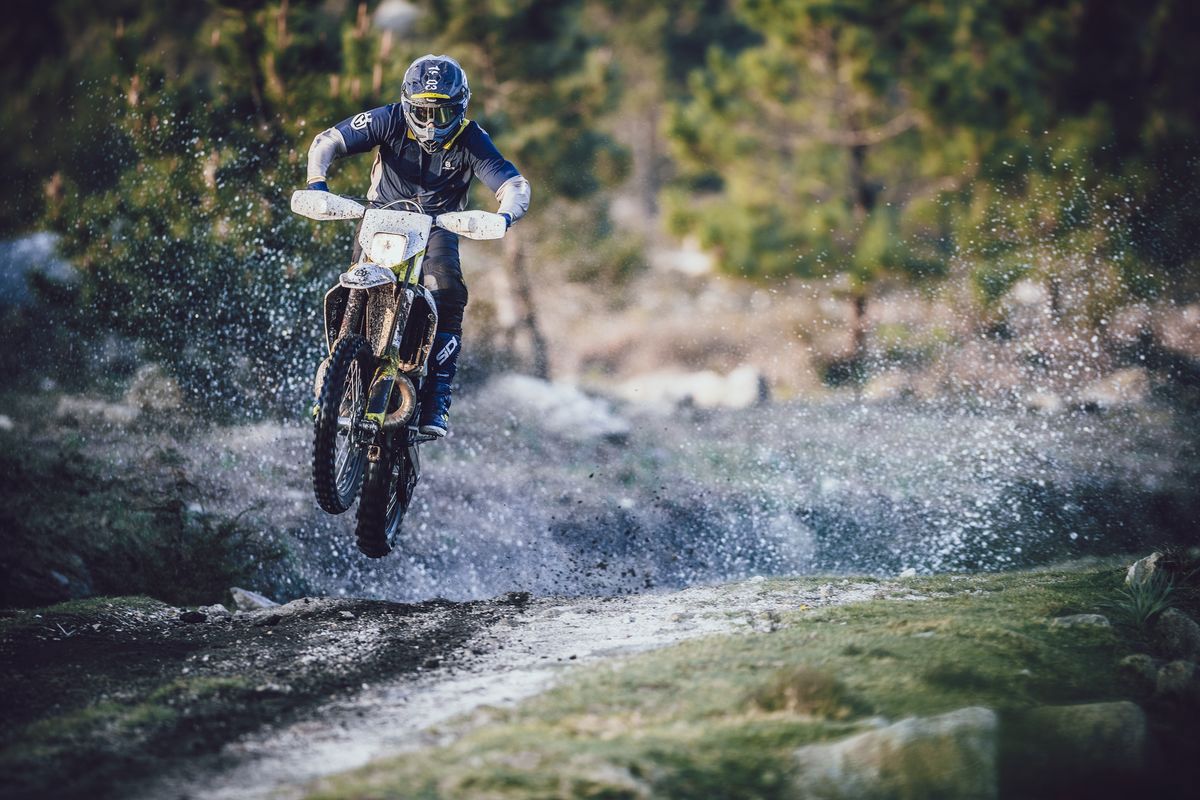
Electronics
Information such as trip, speed, and fuel consumption can be viewed on the multifunction odometer. This four-stroke also has adjustable engine maps and traction control, in addition to an electric starter.
Warranty and Maintenance Coverage
A 30-day warranty is provided from the date of purchase.
Quality
The FE 350 is a great platform for those who want a capable motorcycle for single-track riding as well as those with aspirations to customize it into a competition-level enduro.

2021 Husqvarna FE 350 Claimed Specifications
| MSRP: | $10,699 |
| Engine: | 350cc, DOHC, liquid-cooled, four-stroke single-cylinder |
| Bore x Stroke: | 88.0 x 57.5mm |
| Transmission/Final Drive: | 6-speed/chain |
| Fuel Delivery: | EFI w/ 42mm throttle body |
| Clutch: | Wet, multiplate Damped Diaphragm Steel (DDS); hydraulic actuation |
| Engine Management/Ignition: | Keihin EMS |
| Frame: | Central double cradle chromoly steel |
| Front Suspension: | WP Xplor 48mm fork, spring preload, compression damping and rebound damping adjustable; 11.8 in. travel |
| Rear Suspension: | WP Xact shock, spring preload, high-/low-speed compression damping, and rebound damping adjustable; 11.8 in. travel |
| Front Brake: | Magura 2-piston caliper, 260mm disc |
| Rear Brake: | Magura 1-piston caliper, 220mm disc |
| Wheels, Front/Rear: | Spoked wheels; 21 in. / 18 in. |
| Tires, Front/Rear: | Dunlop Geomax AT81; 80/100-21 / 110/100-18 |
| Rake/Trail: | 26.5°/NA |
| Wheelbase: | 58.5 in. |
| Ground Clearance: | 14.2 in. |
| Seat Height: | 37.4 in. |
| Fuel Capacity: | 2.2 gal. |
| Dry Weight: | 236 lb. |
| Contact: | husqvarna-motorcycles.com |
Cycle World Tested Specifications
| Seat Height: | 37.3 in. |
| Wet Weight: | 251 lb. |
| Rear-Wheel Horsepower: | 36.5 hp @ 9,200 rpm |
| Rear-Wheel Torque: | 21.8 lb.-ft. @ 7,900 rpm |
Source: MotorCyclistOnline.com

